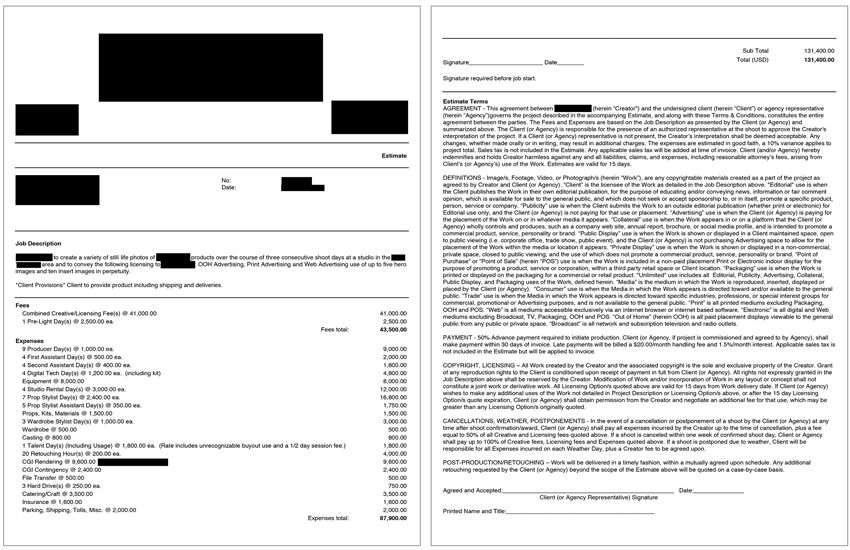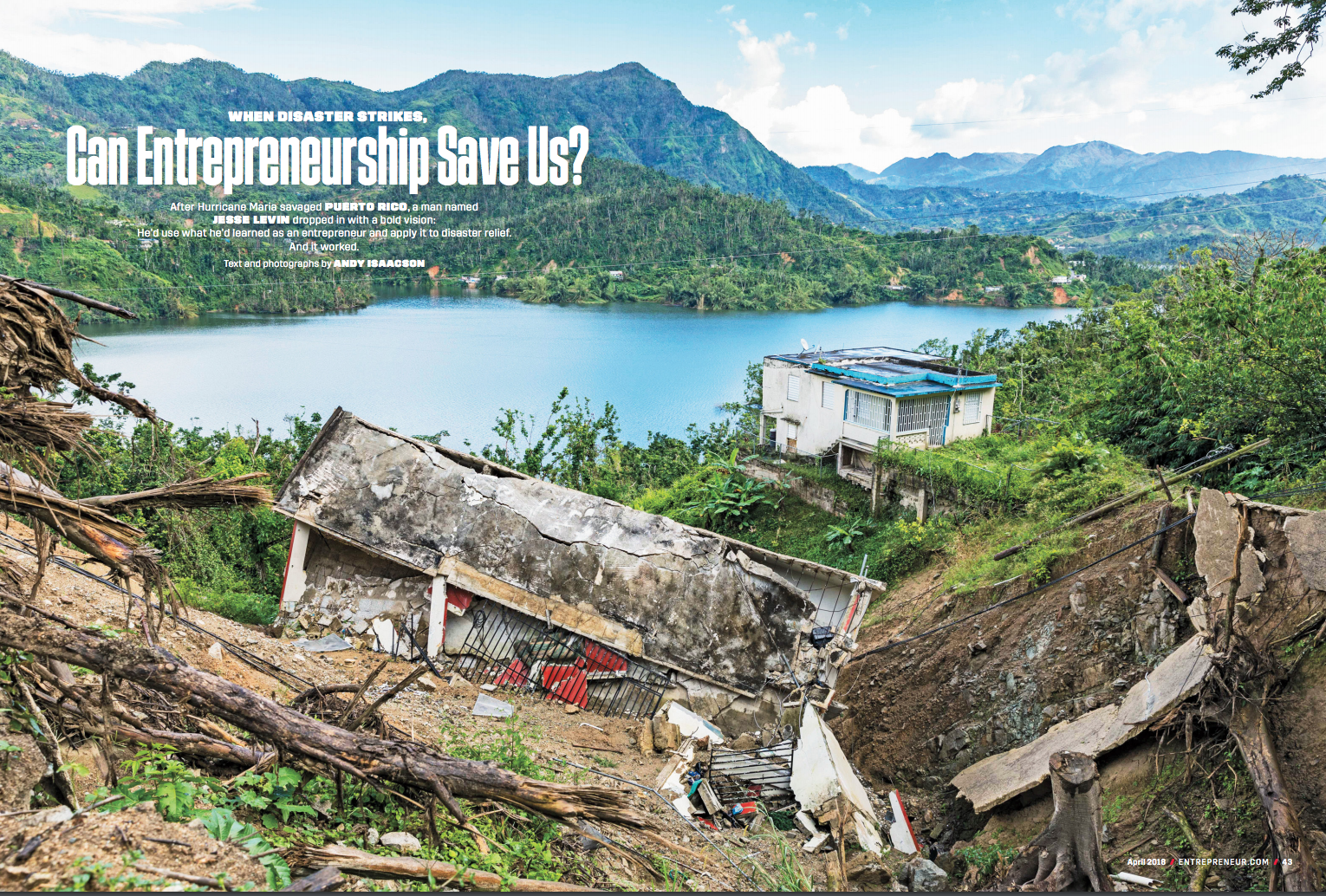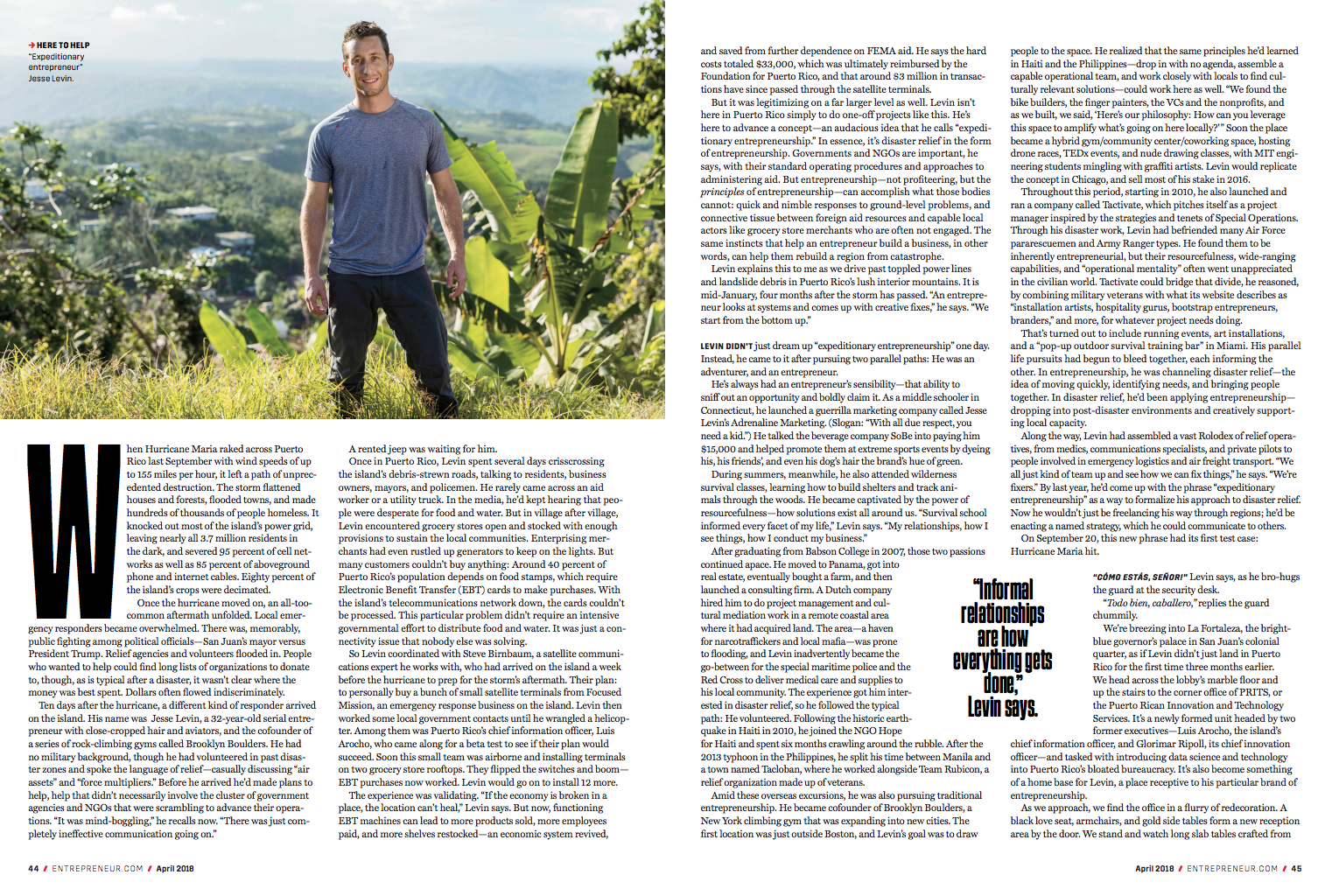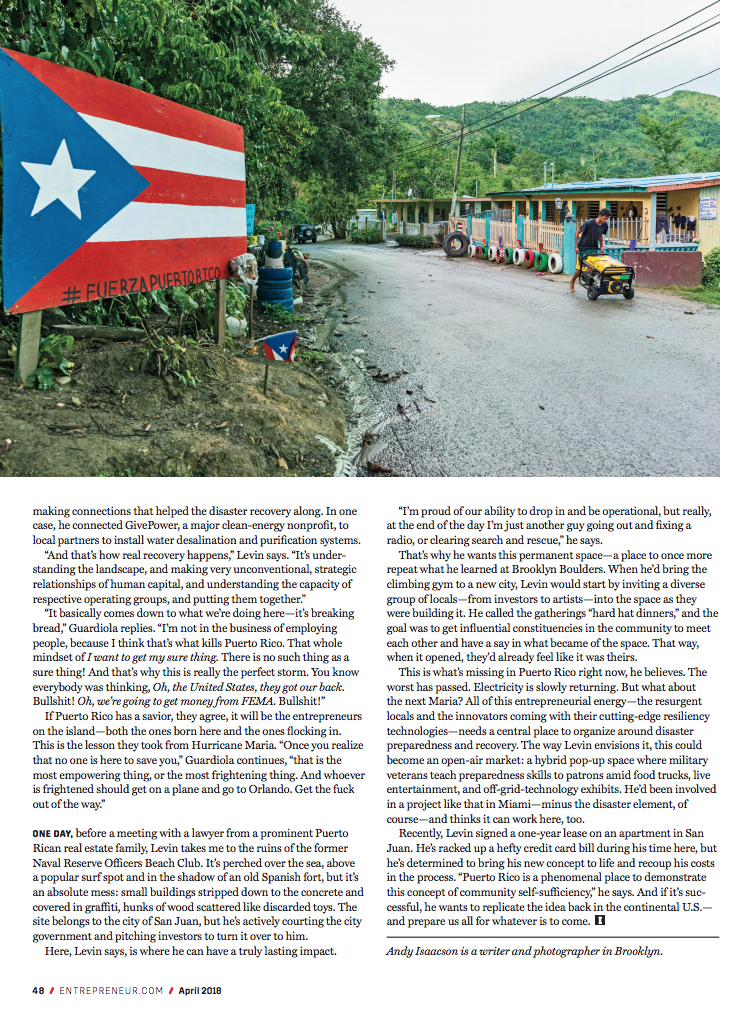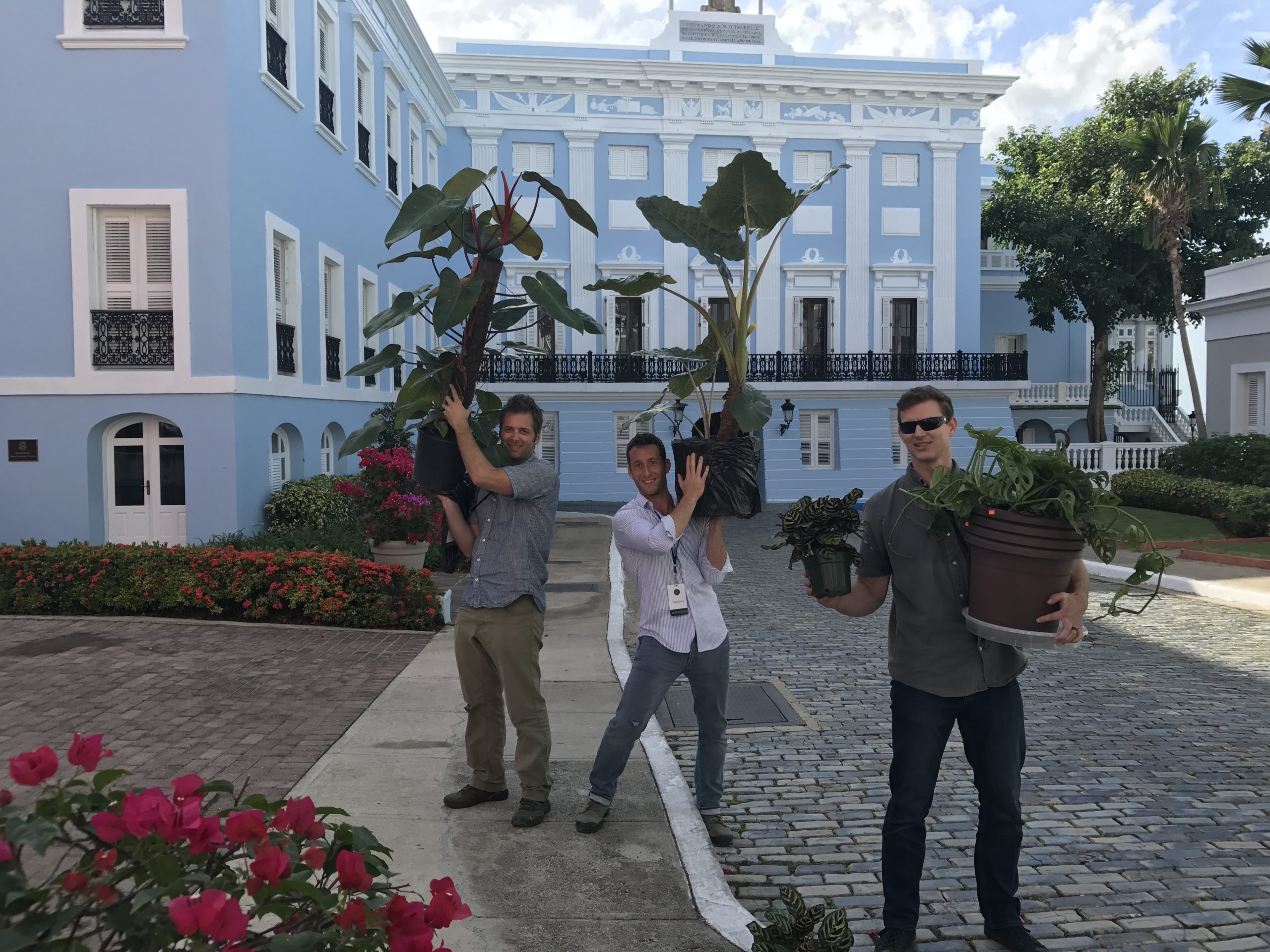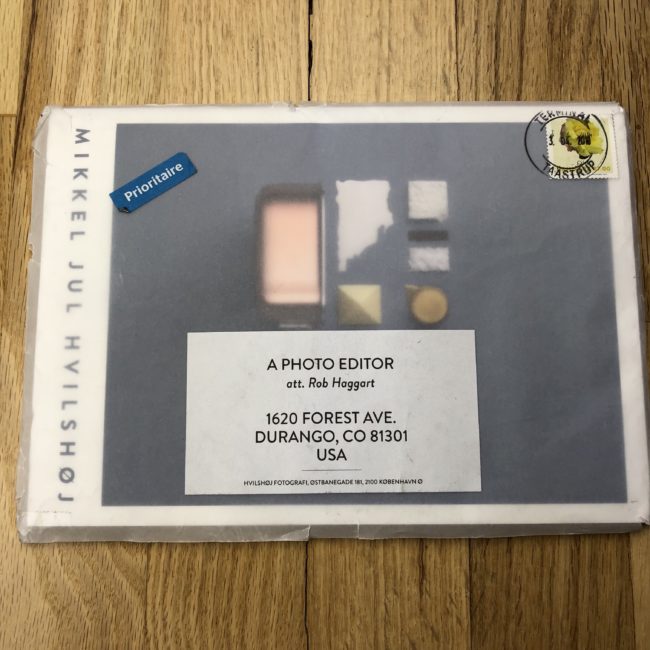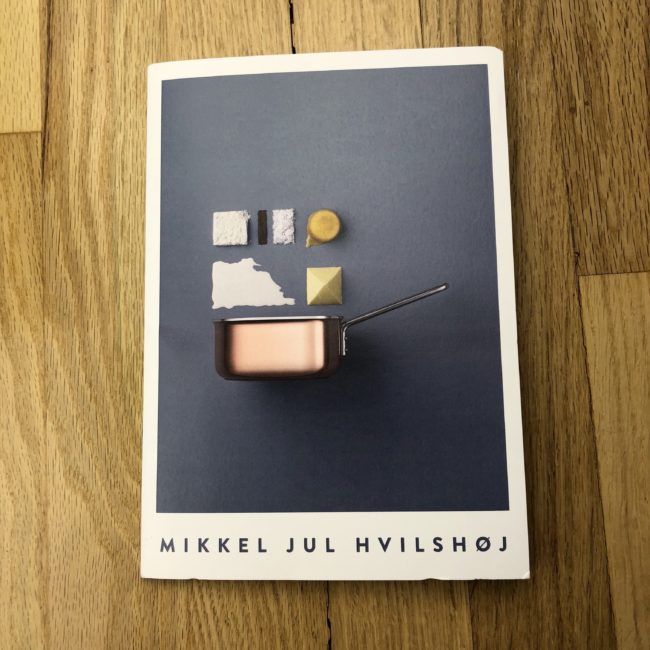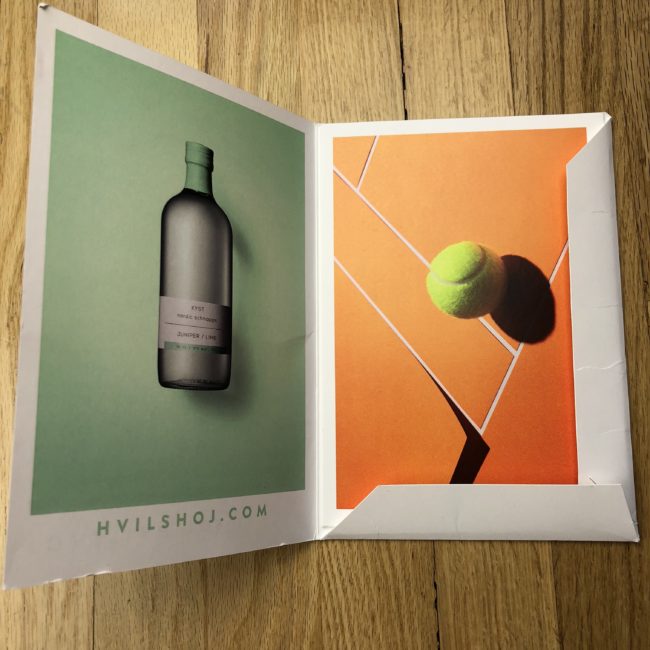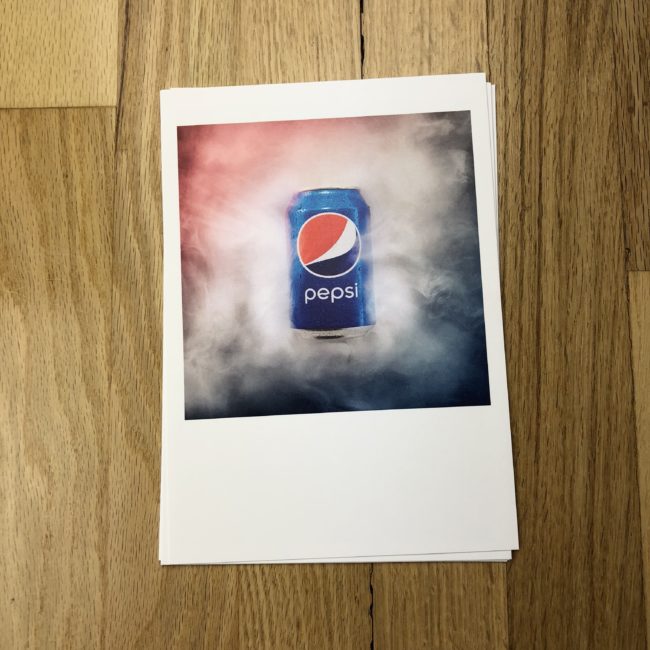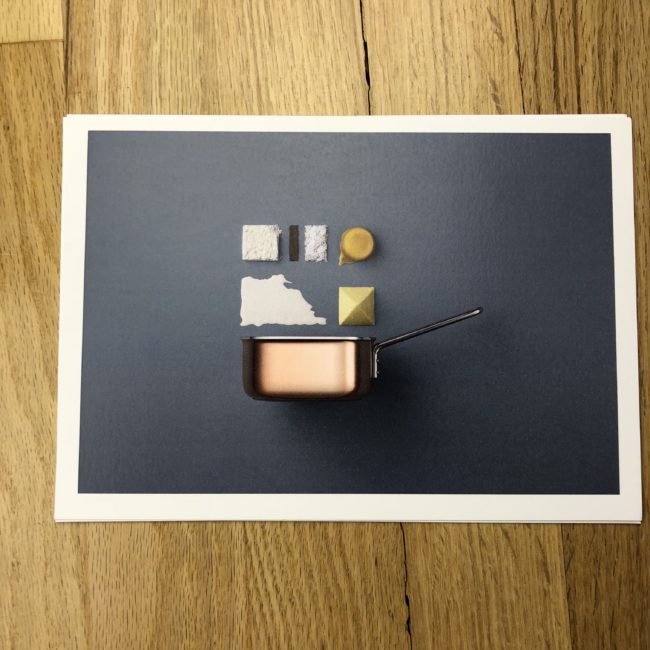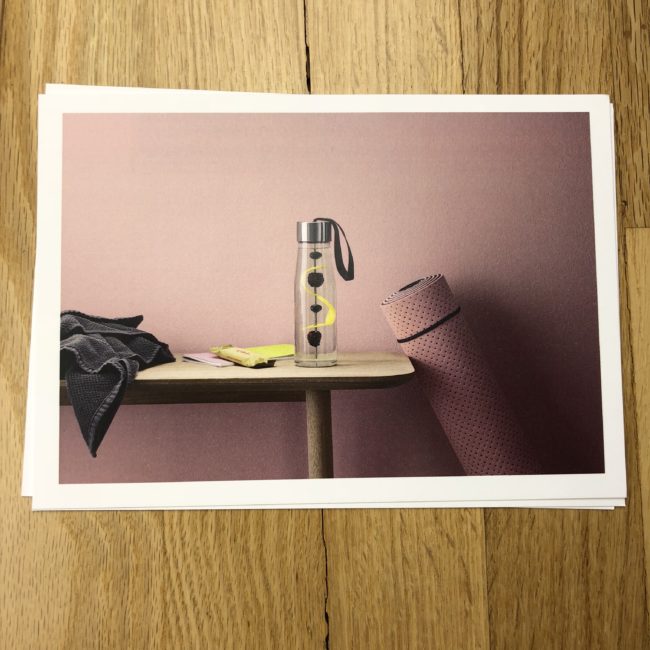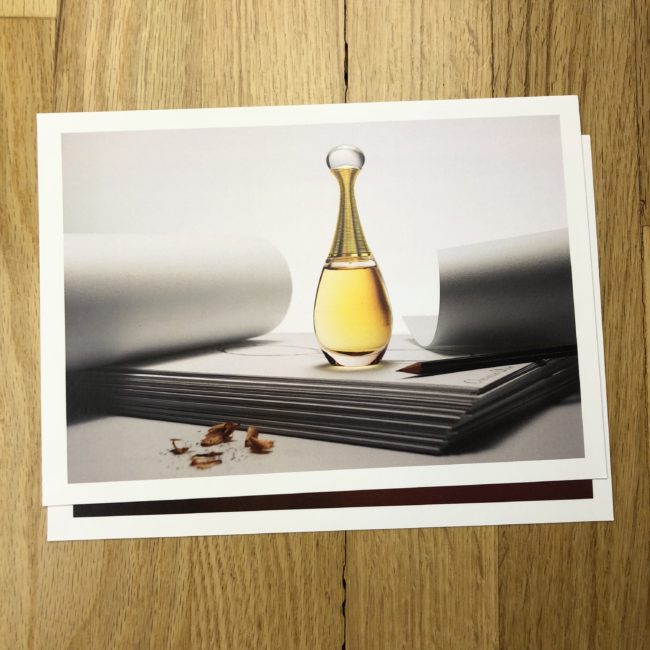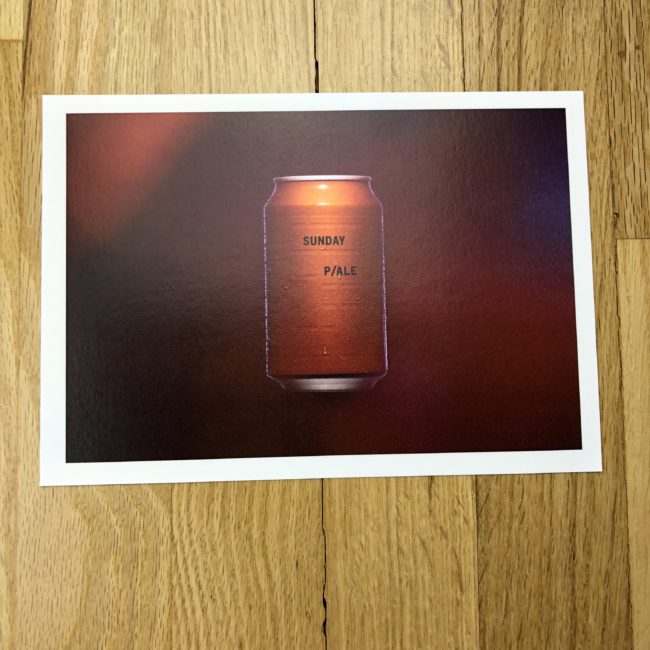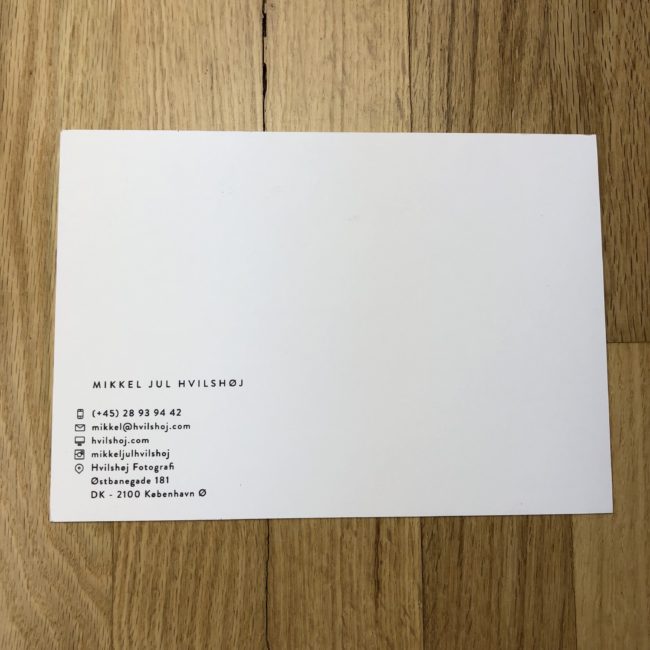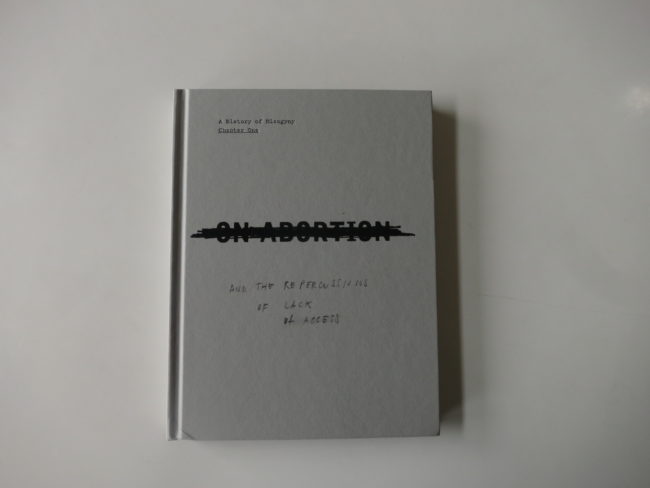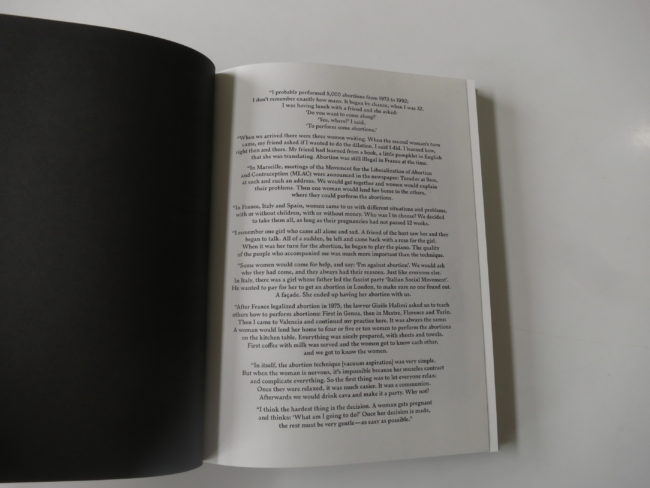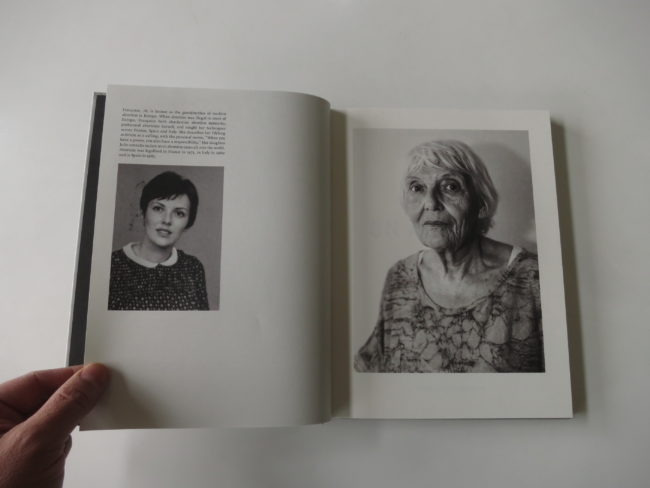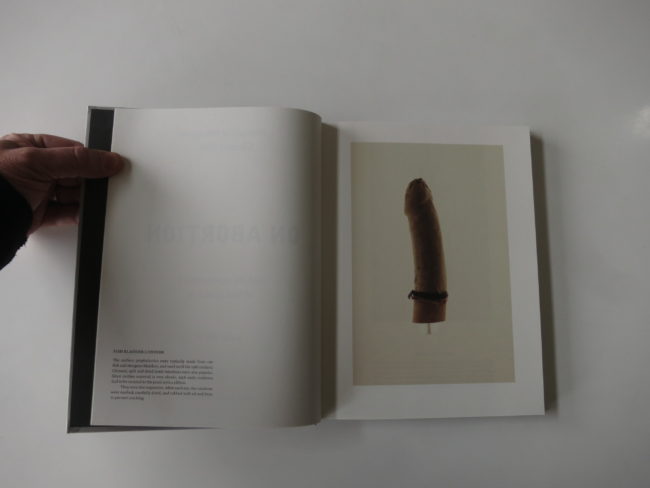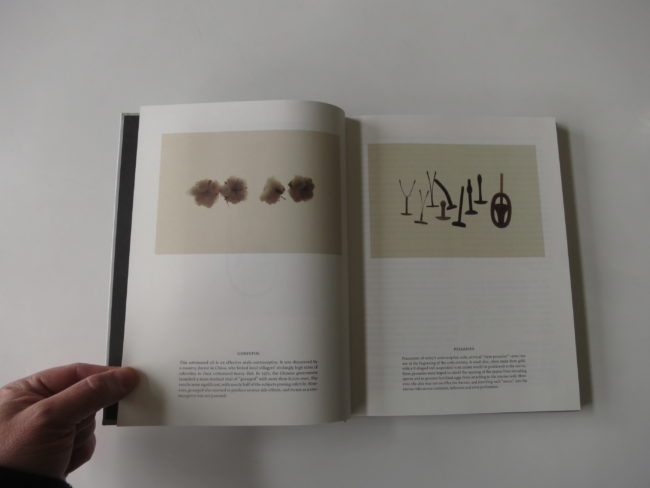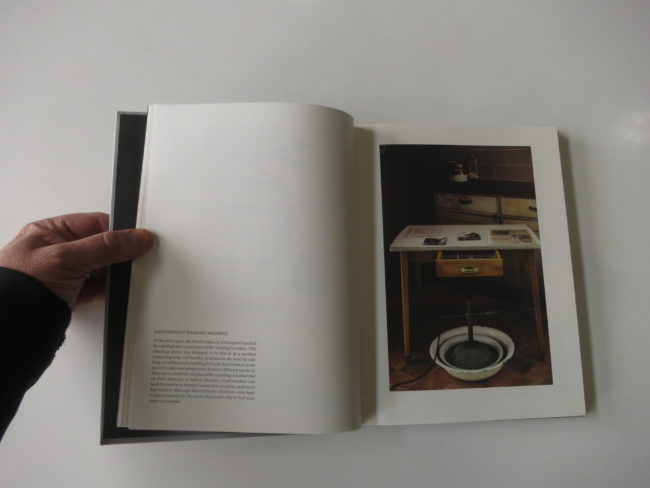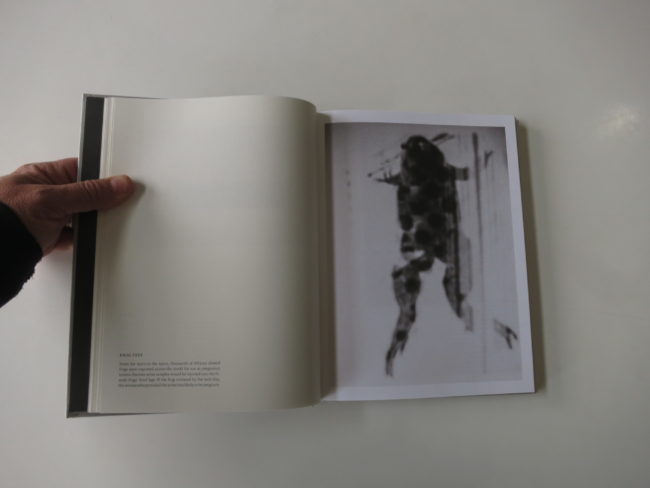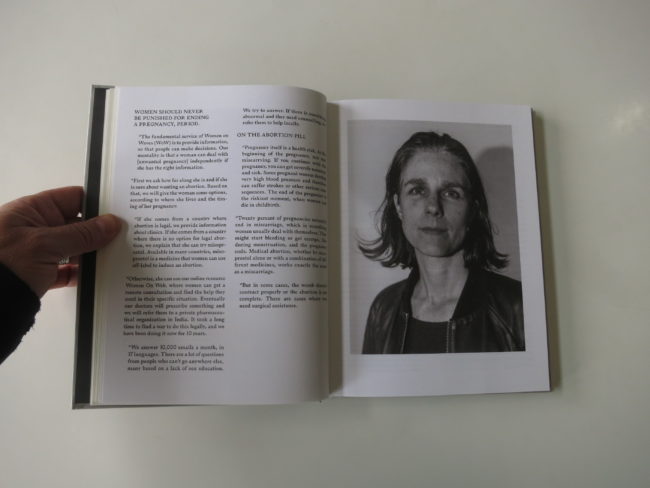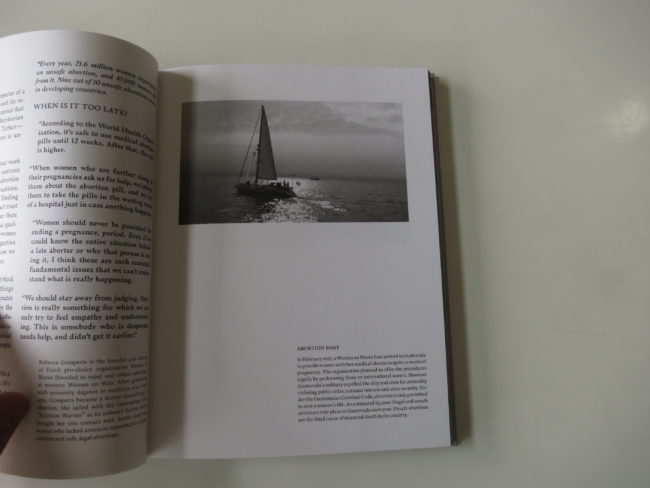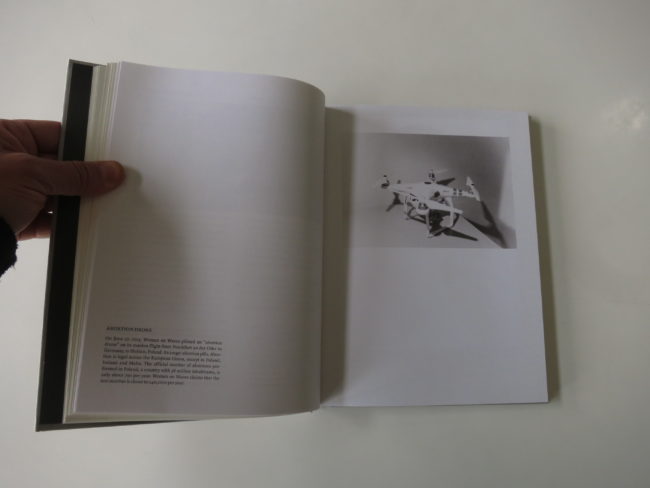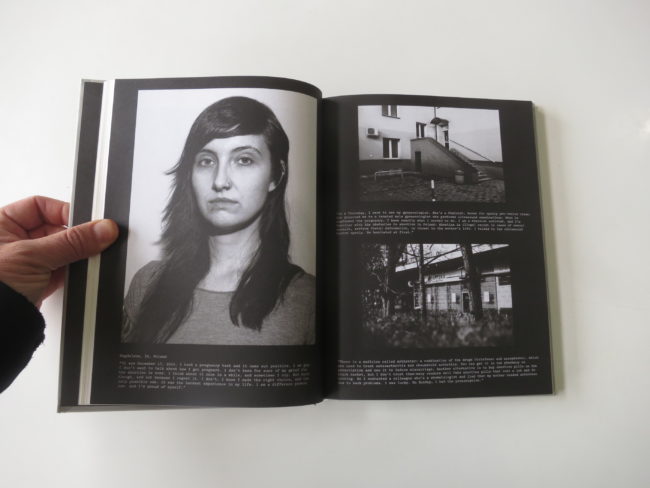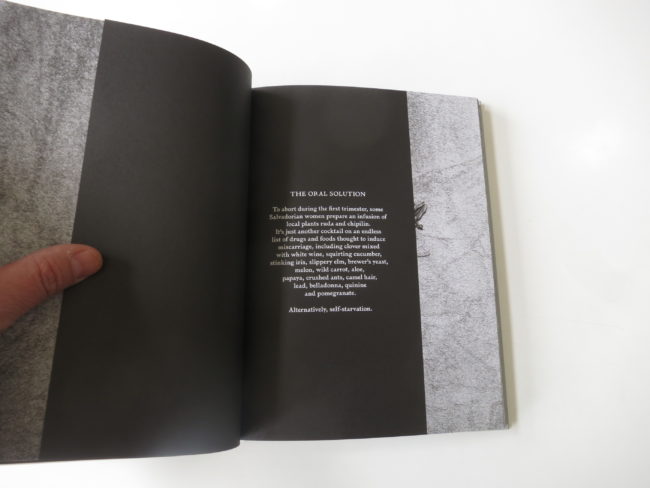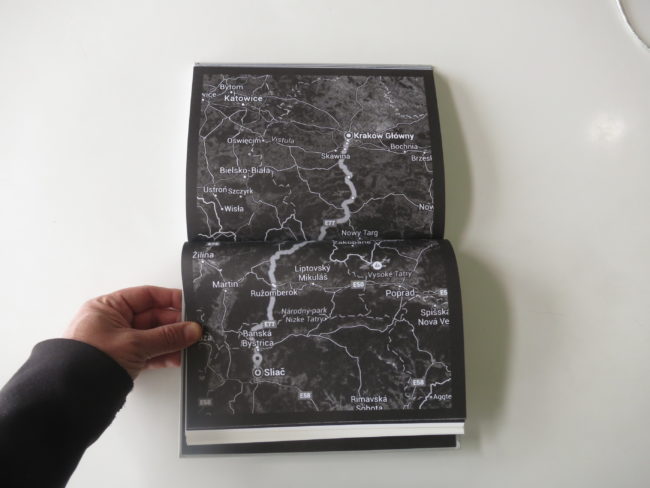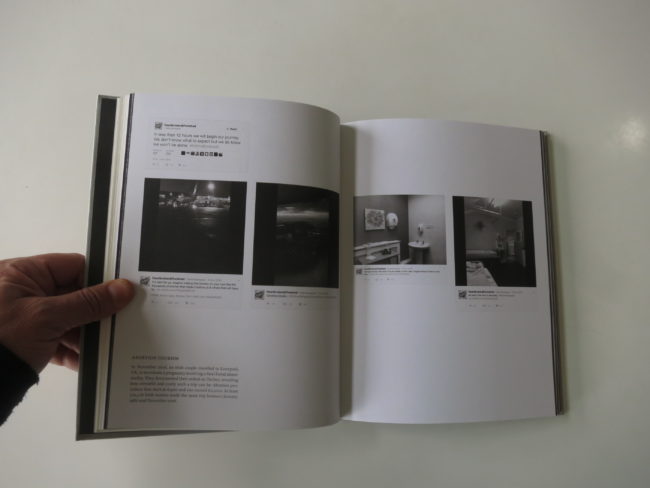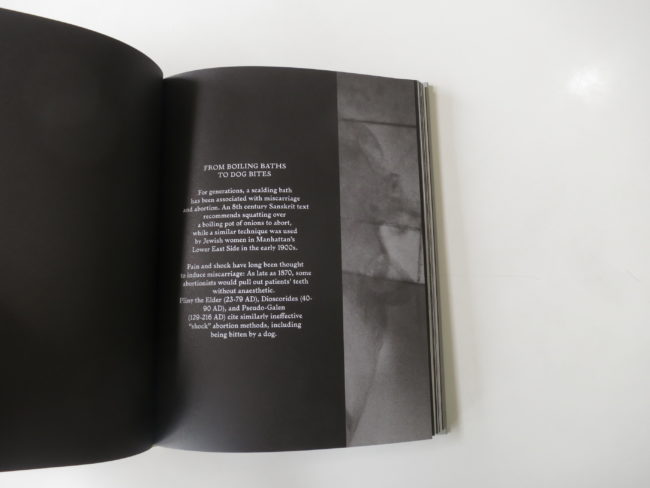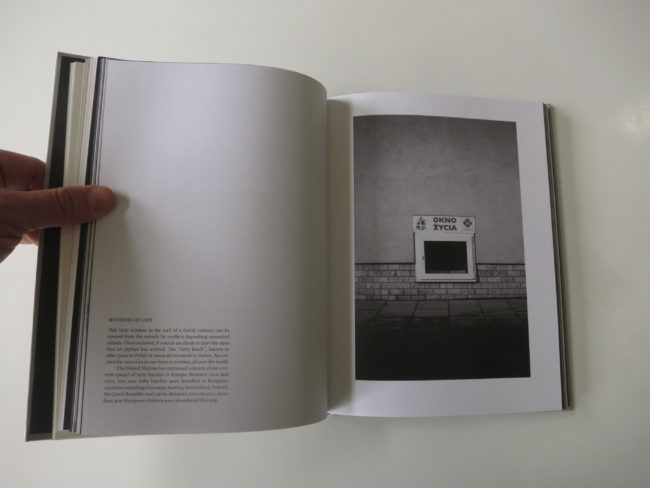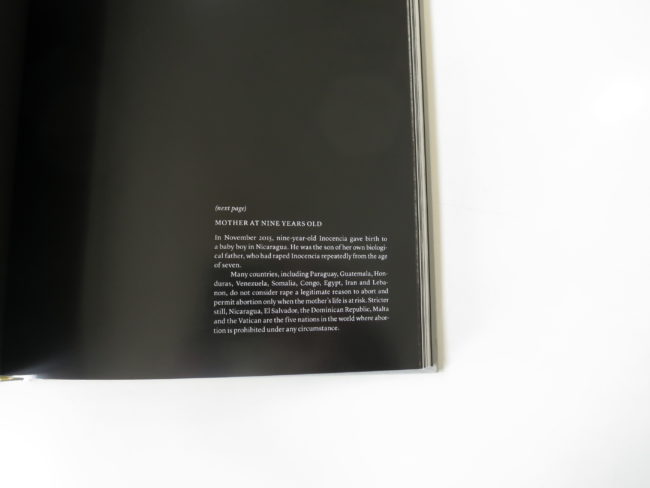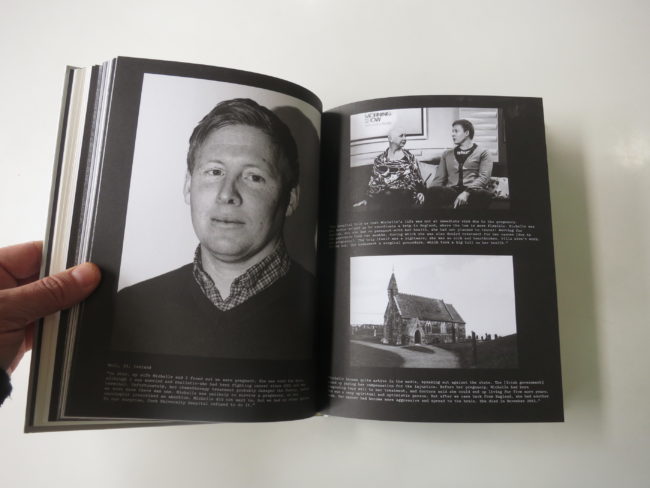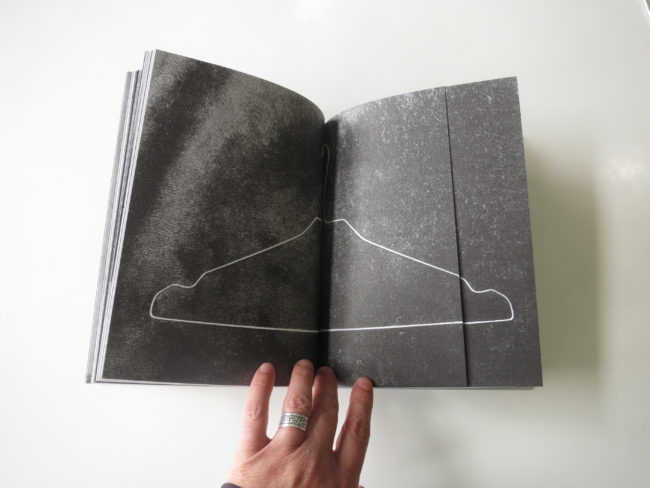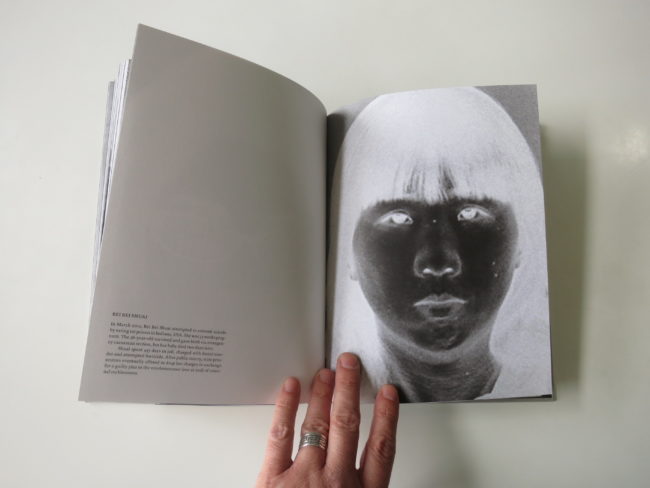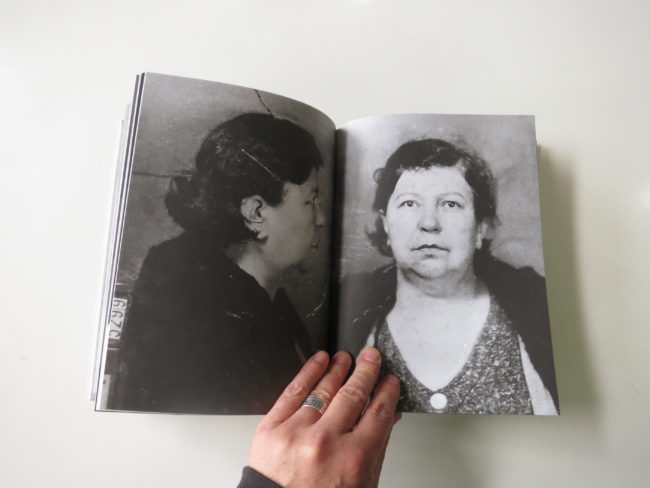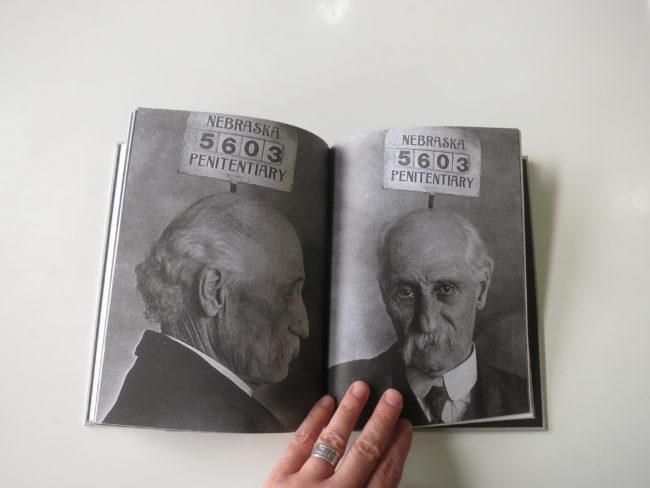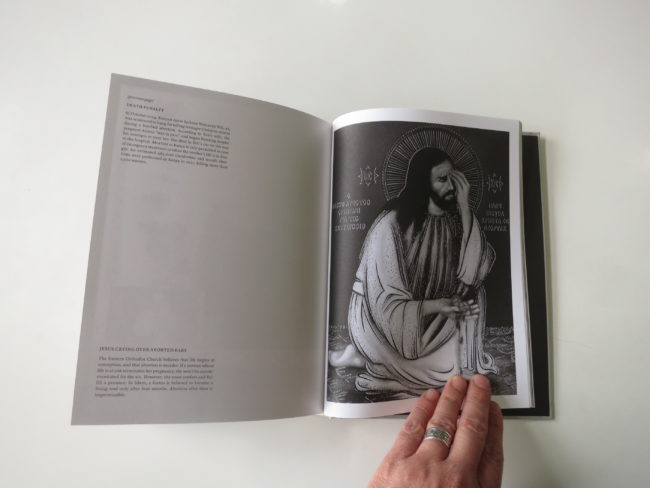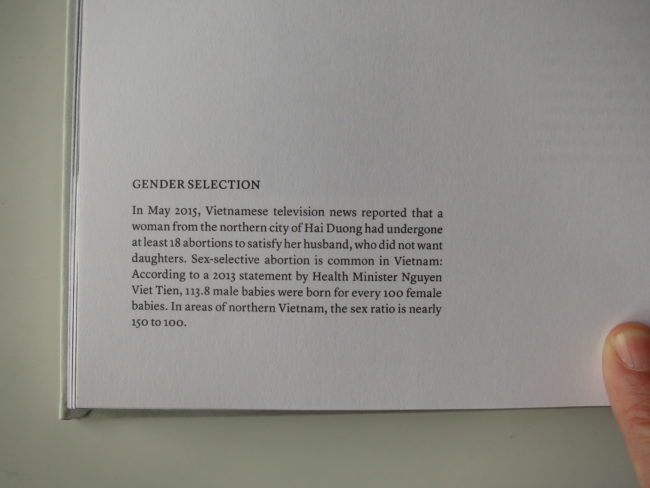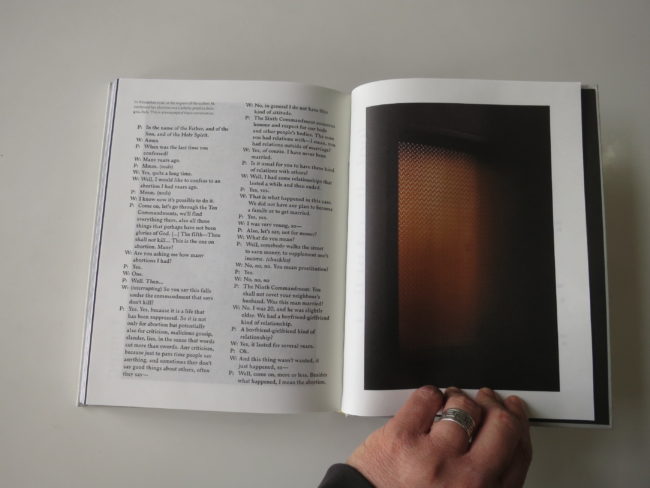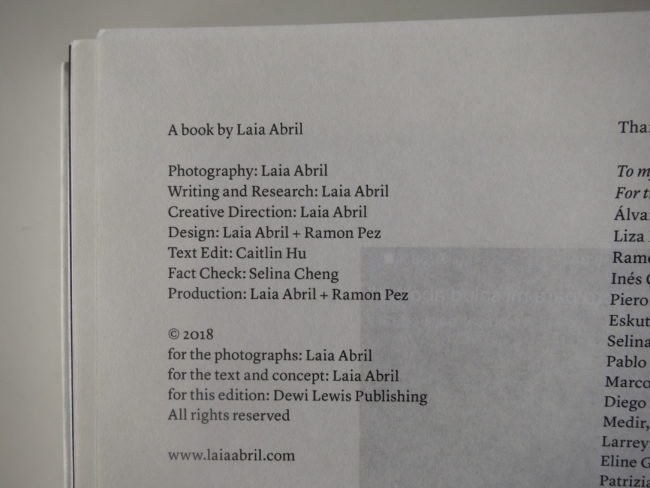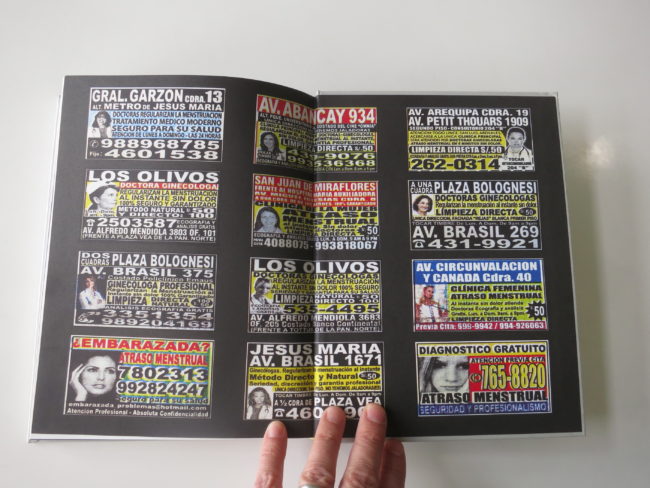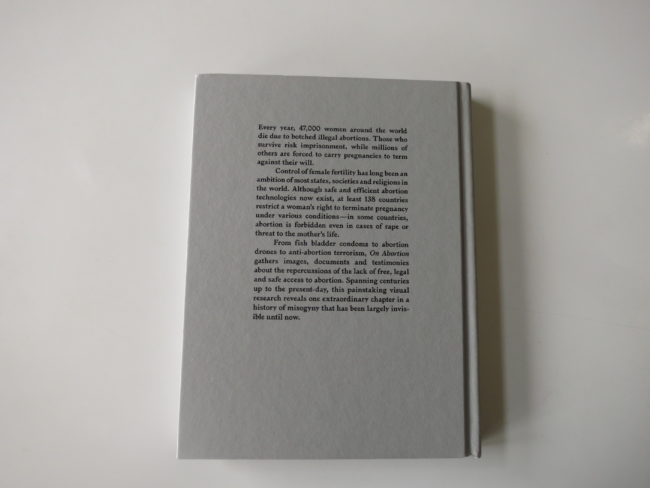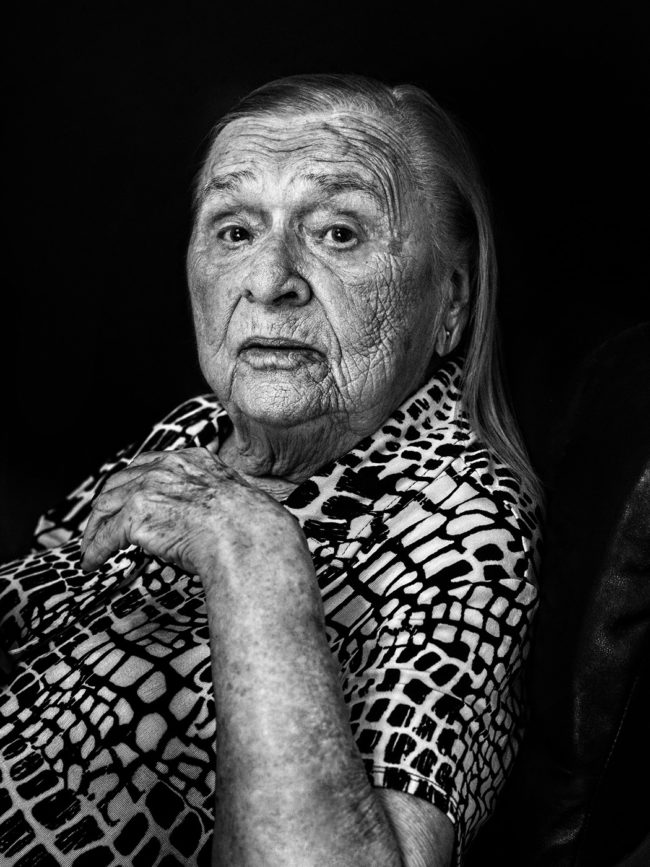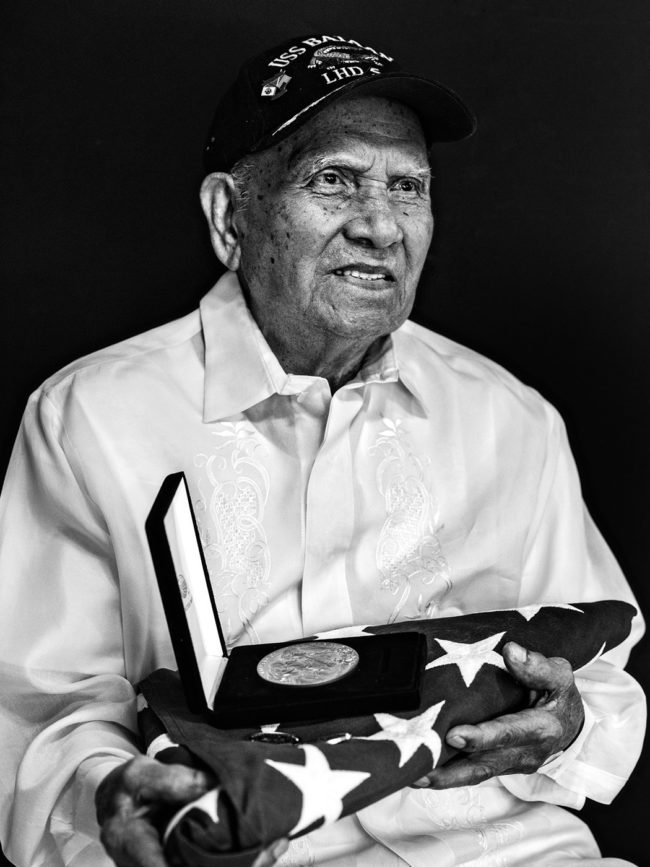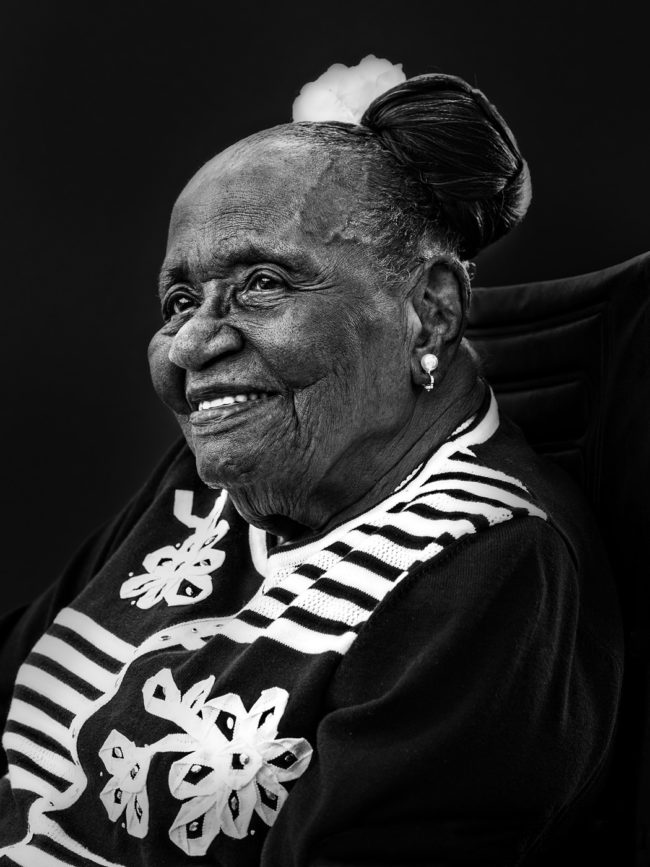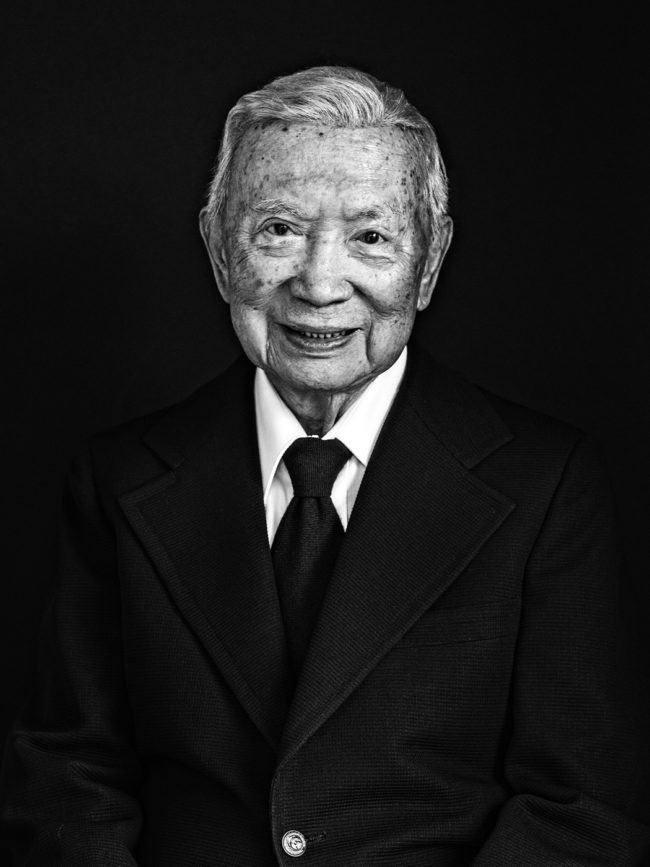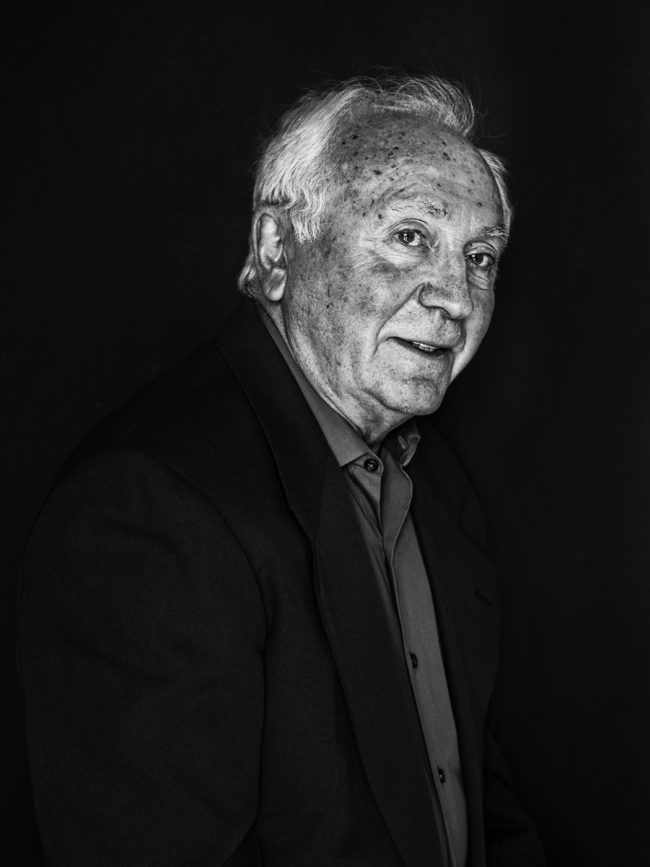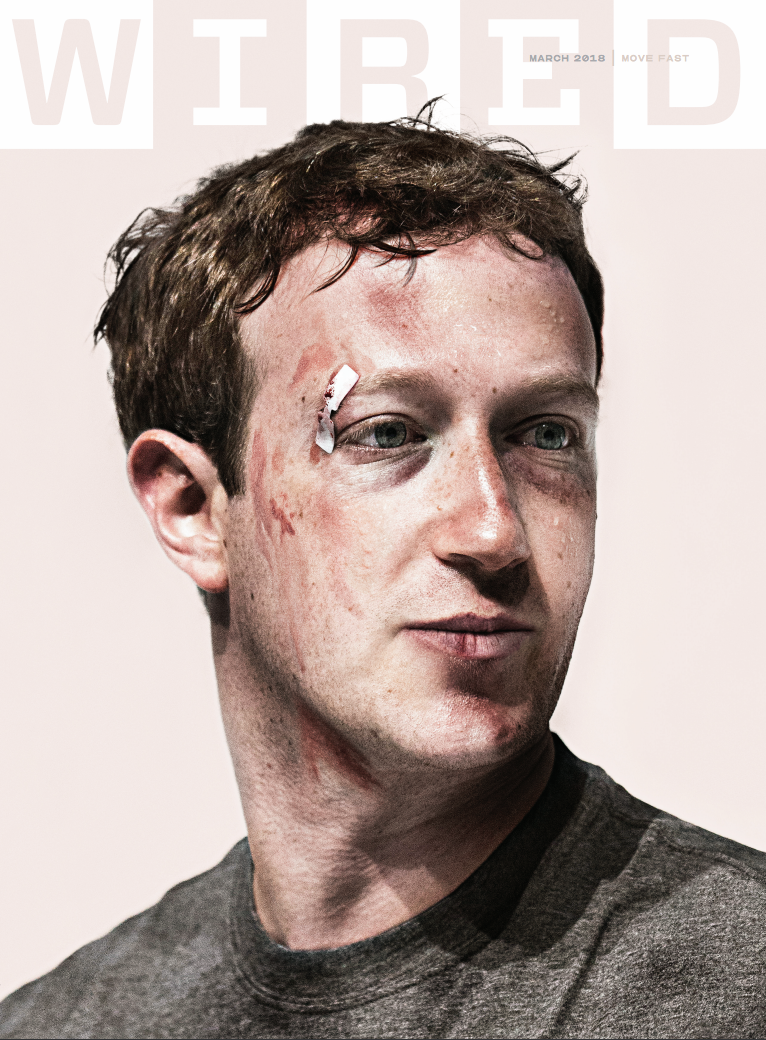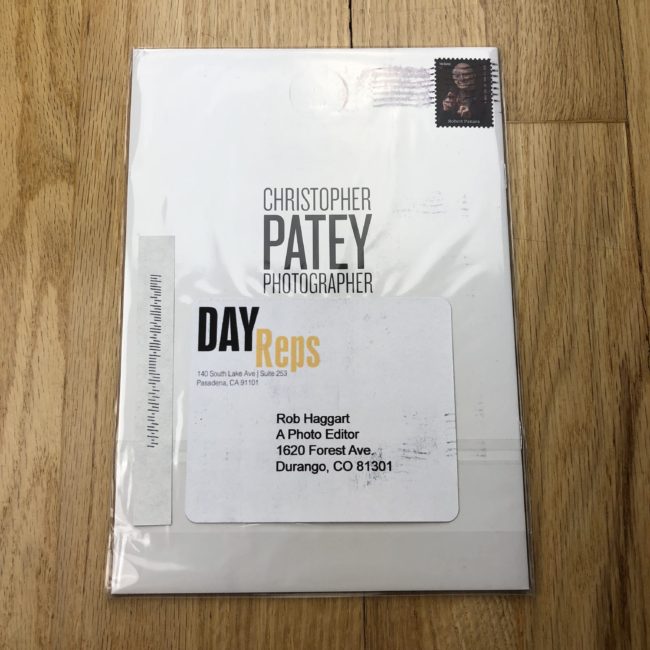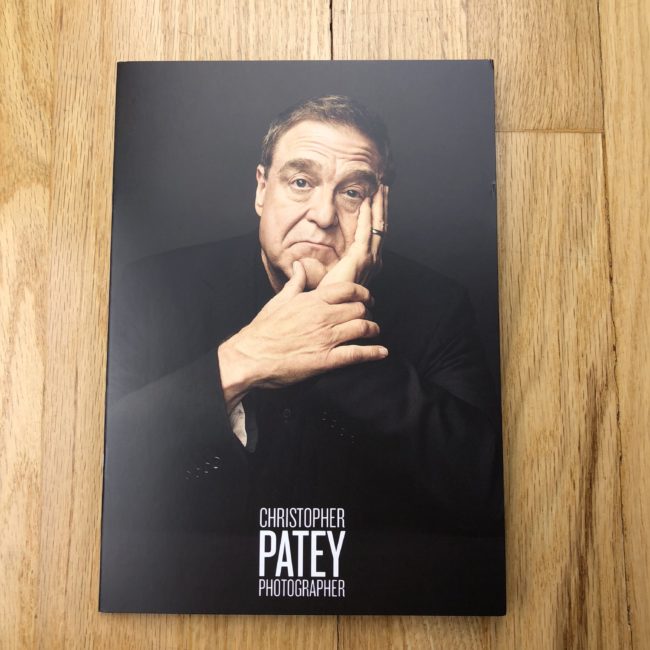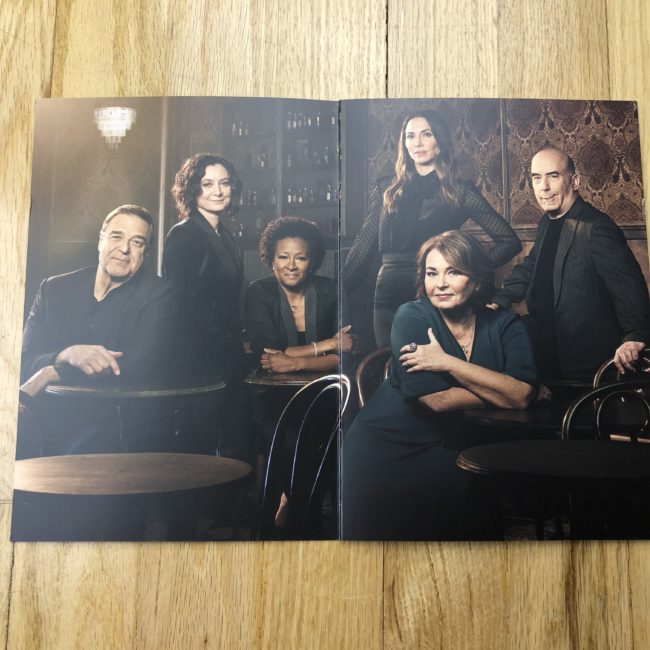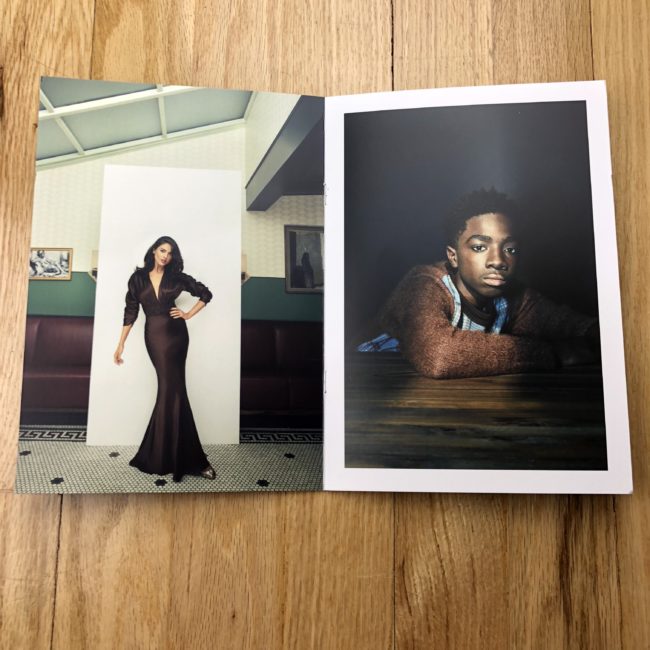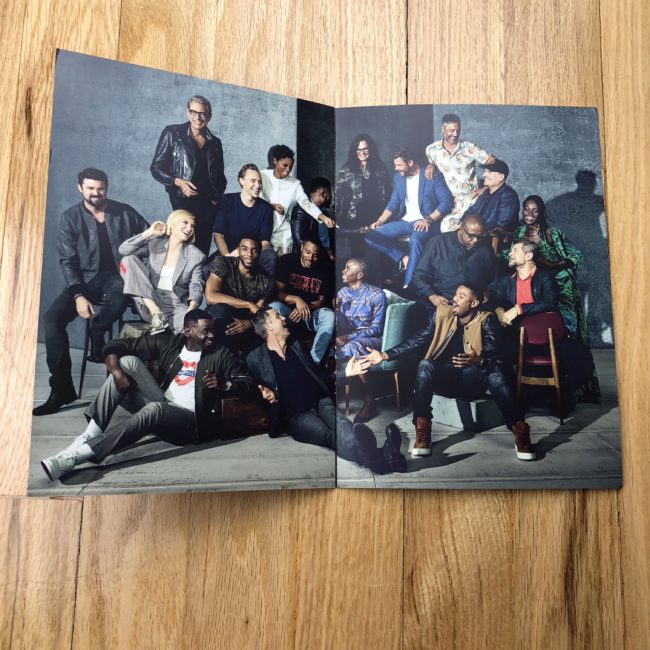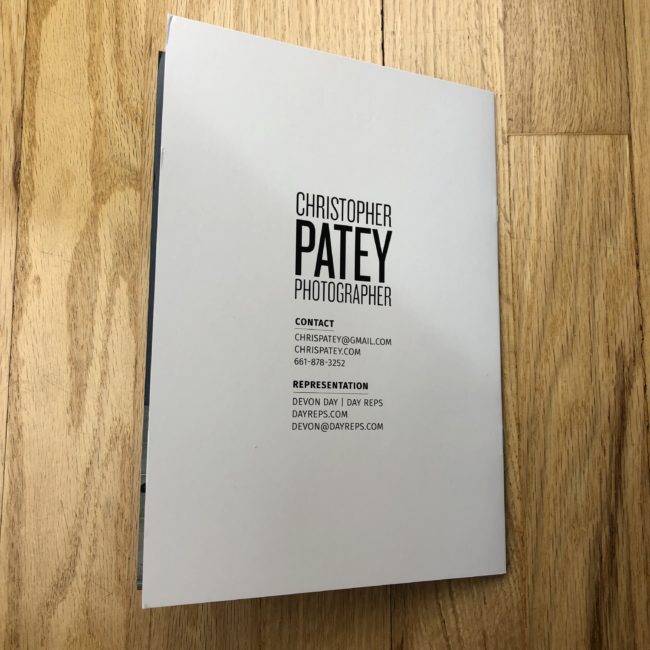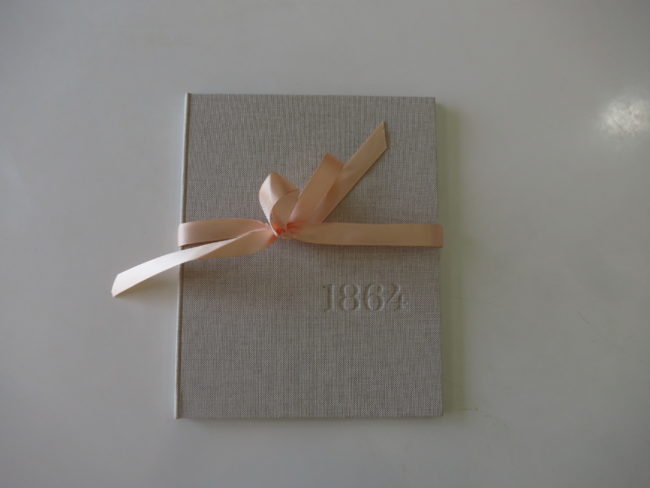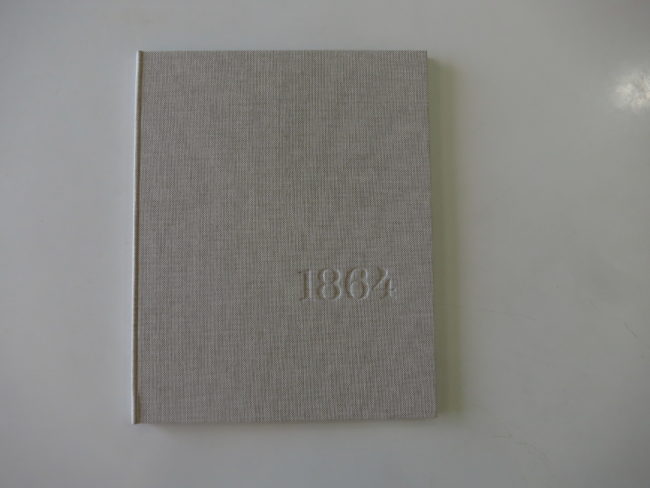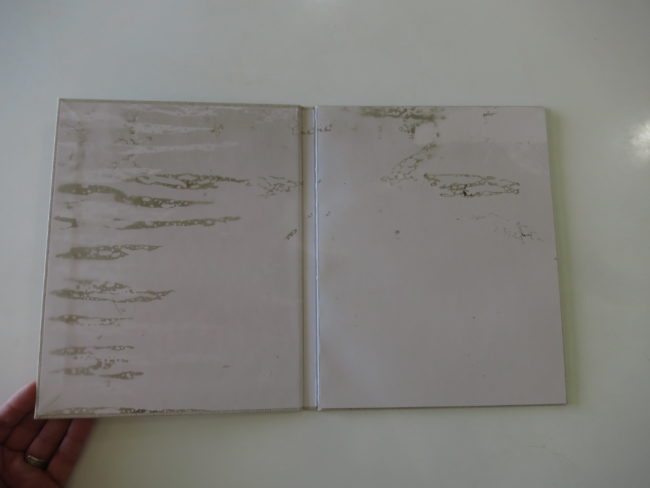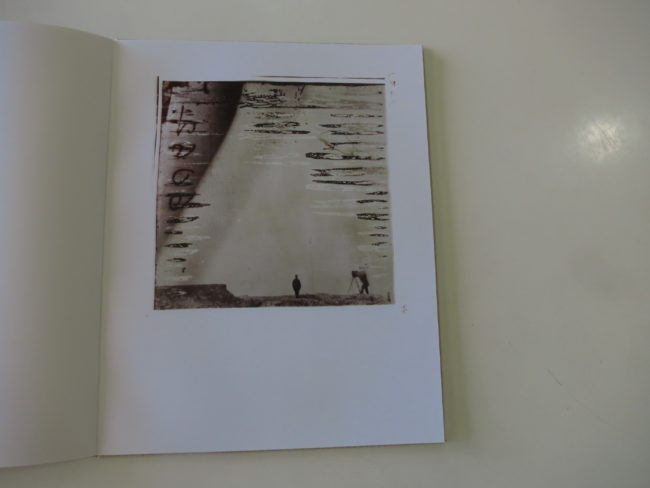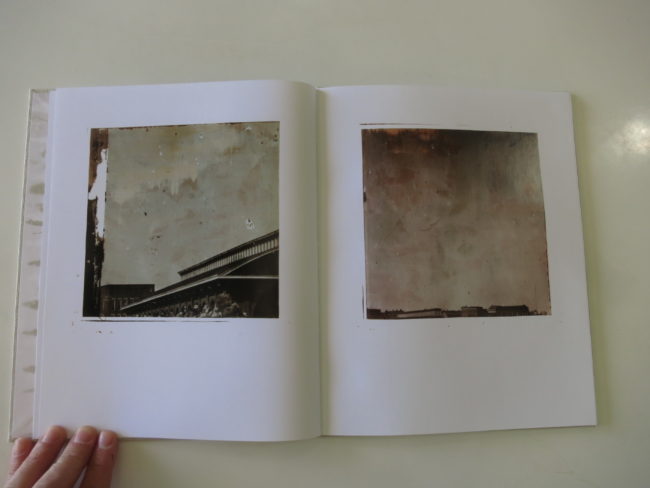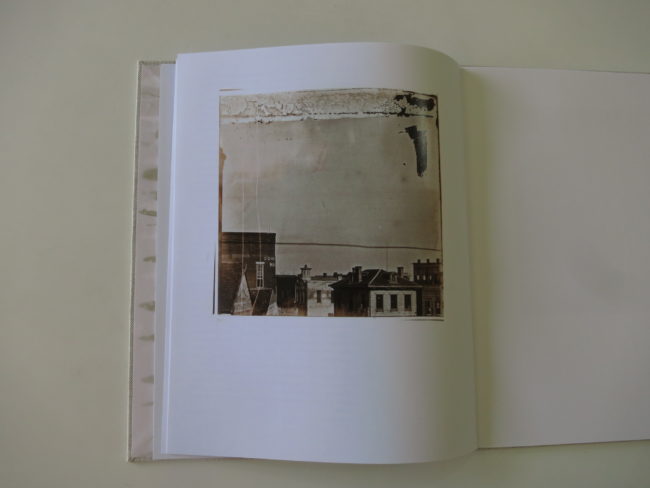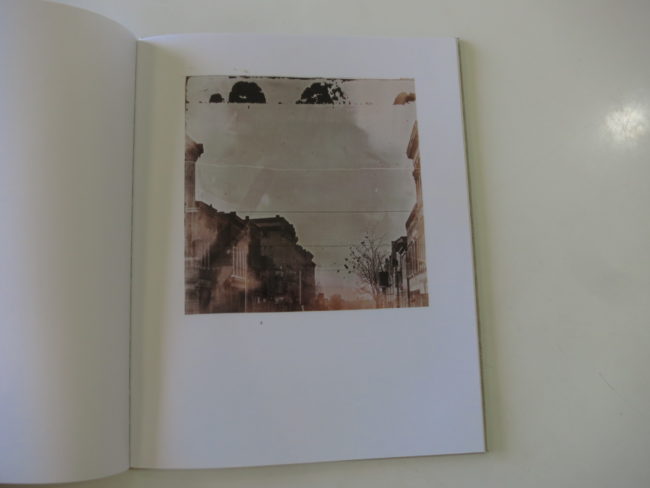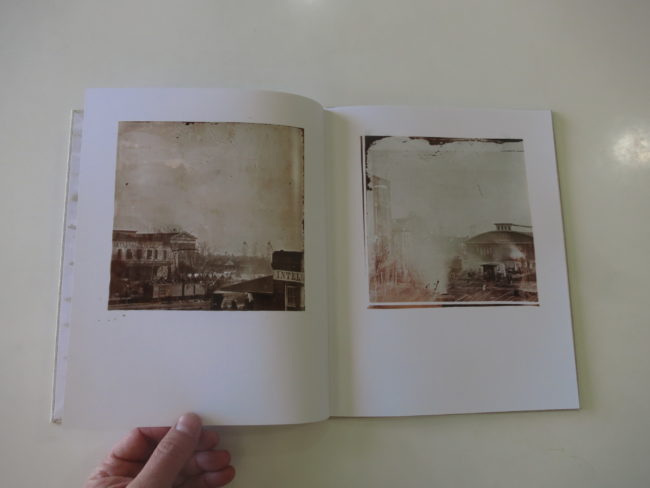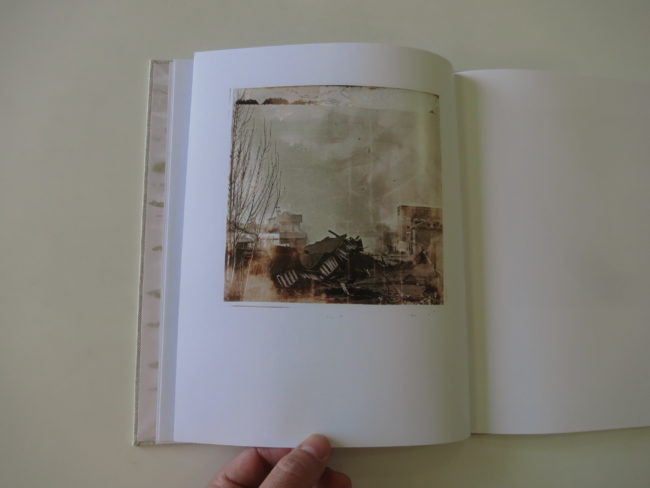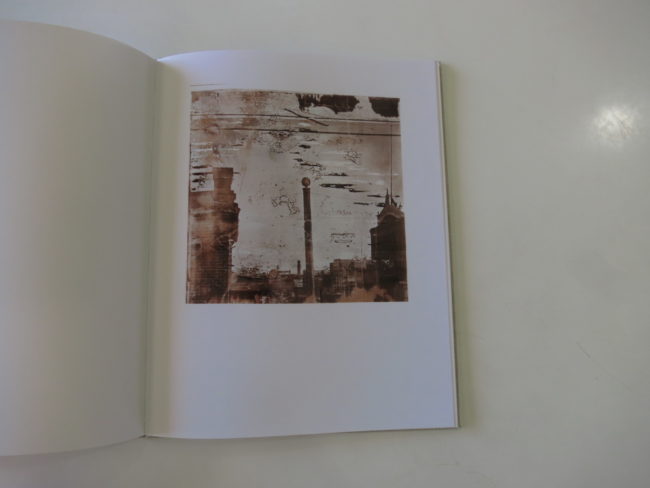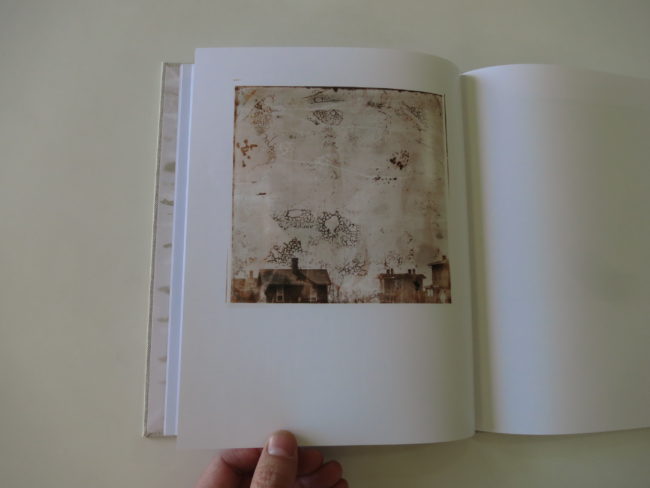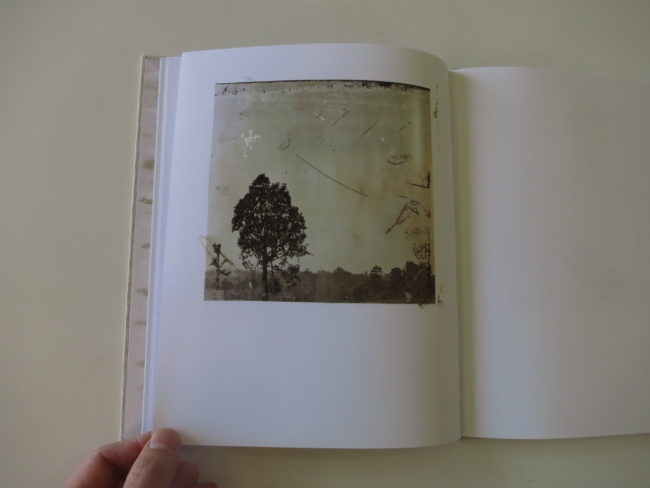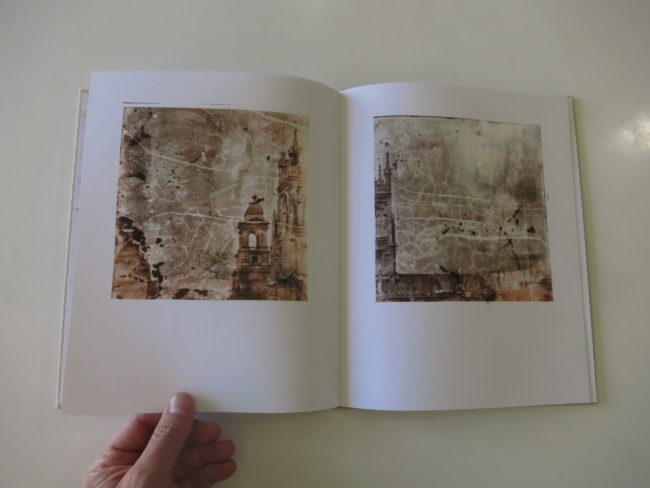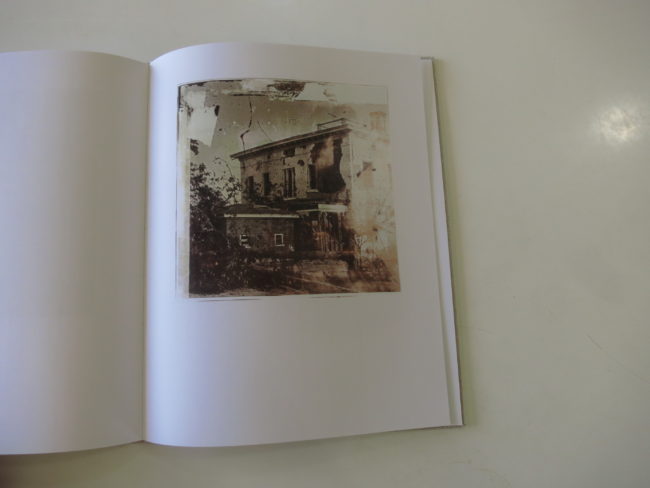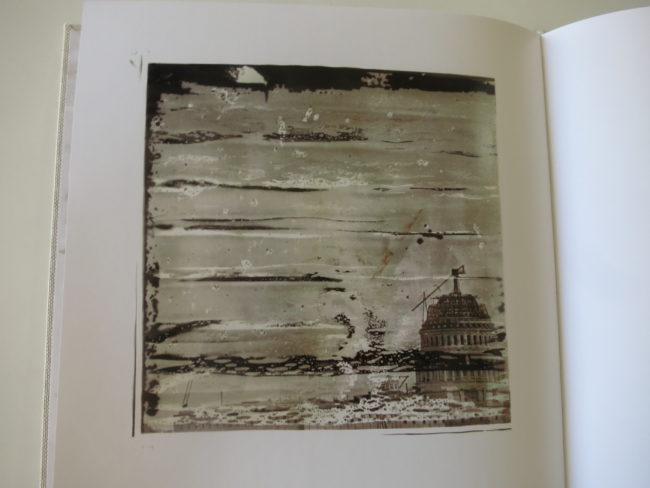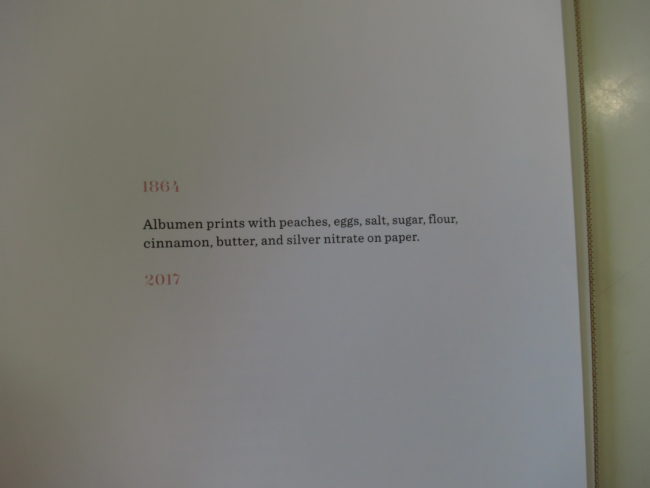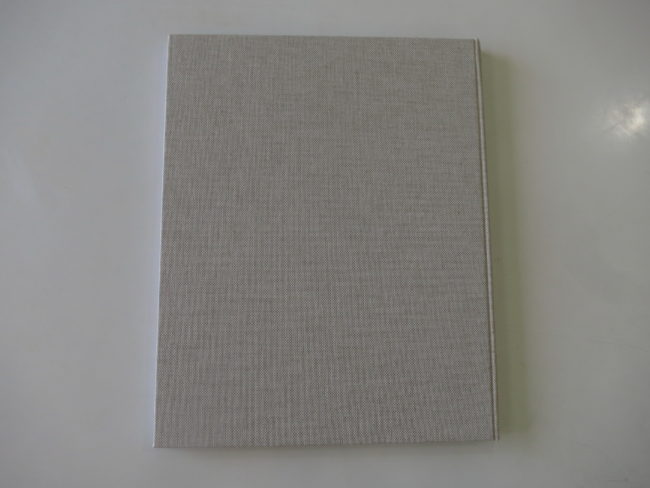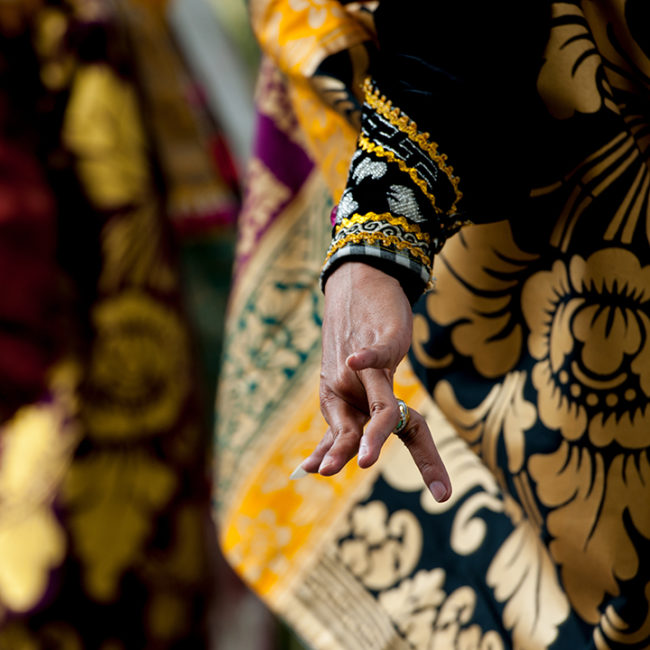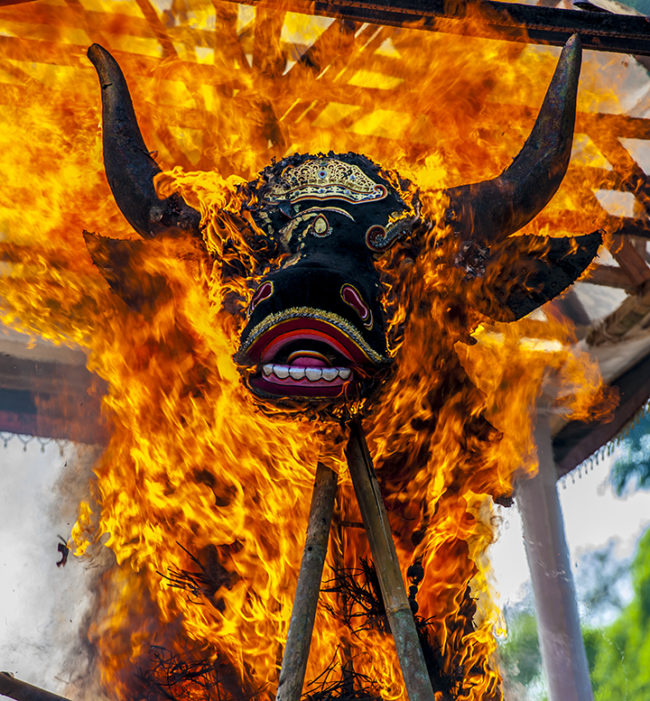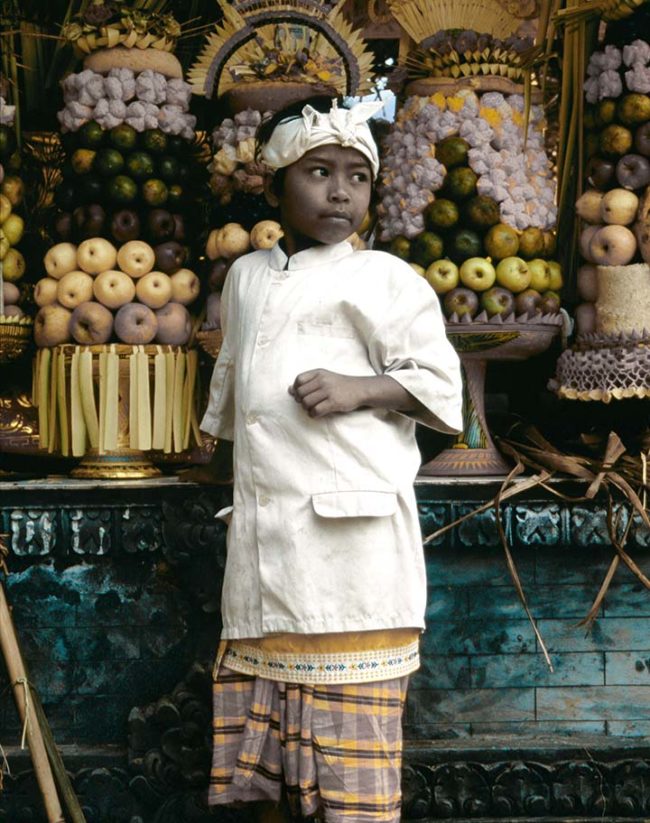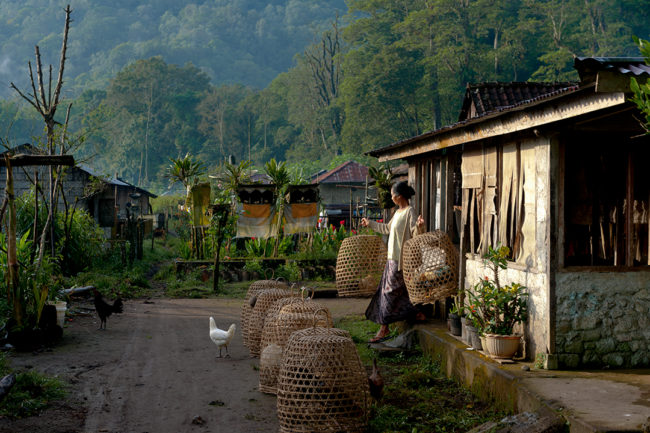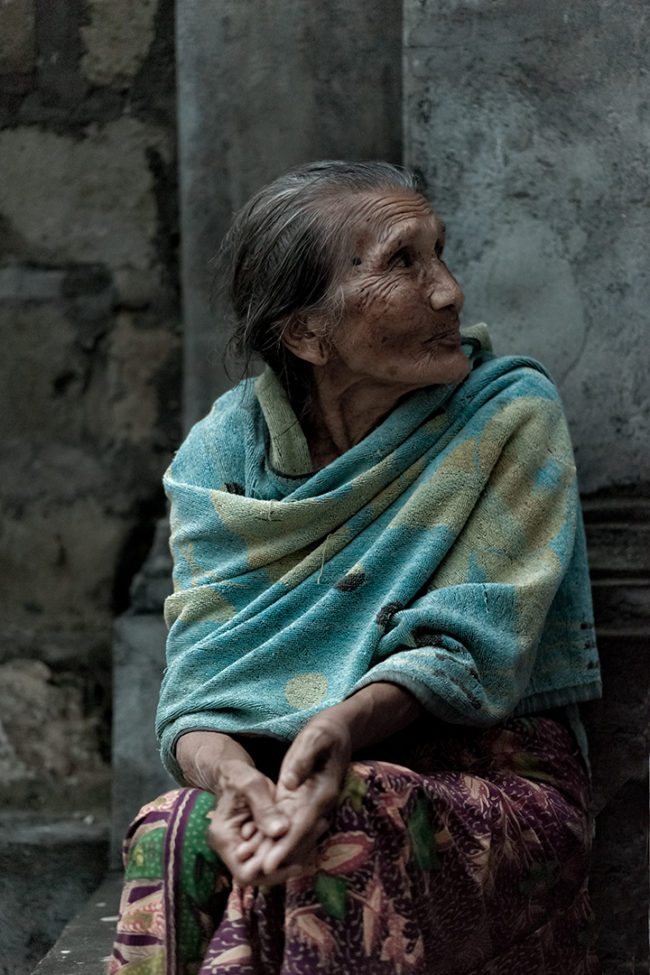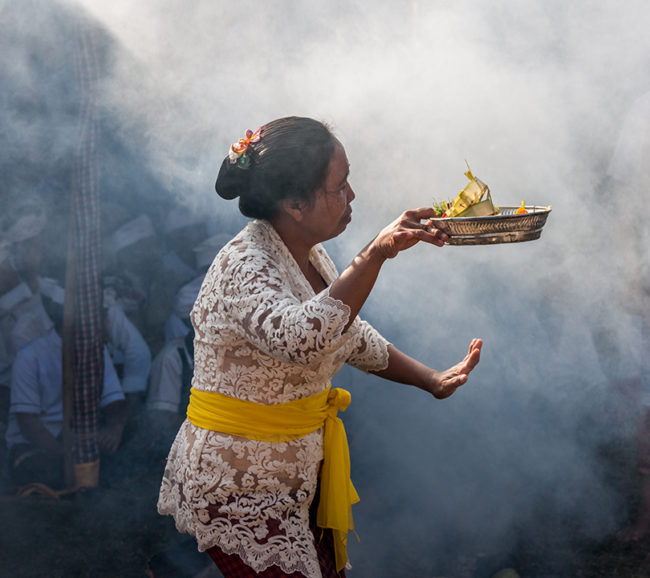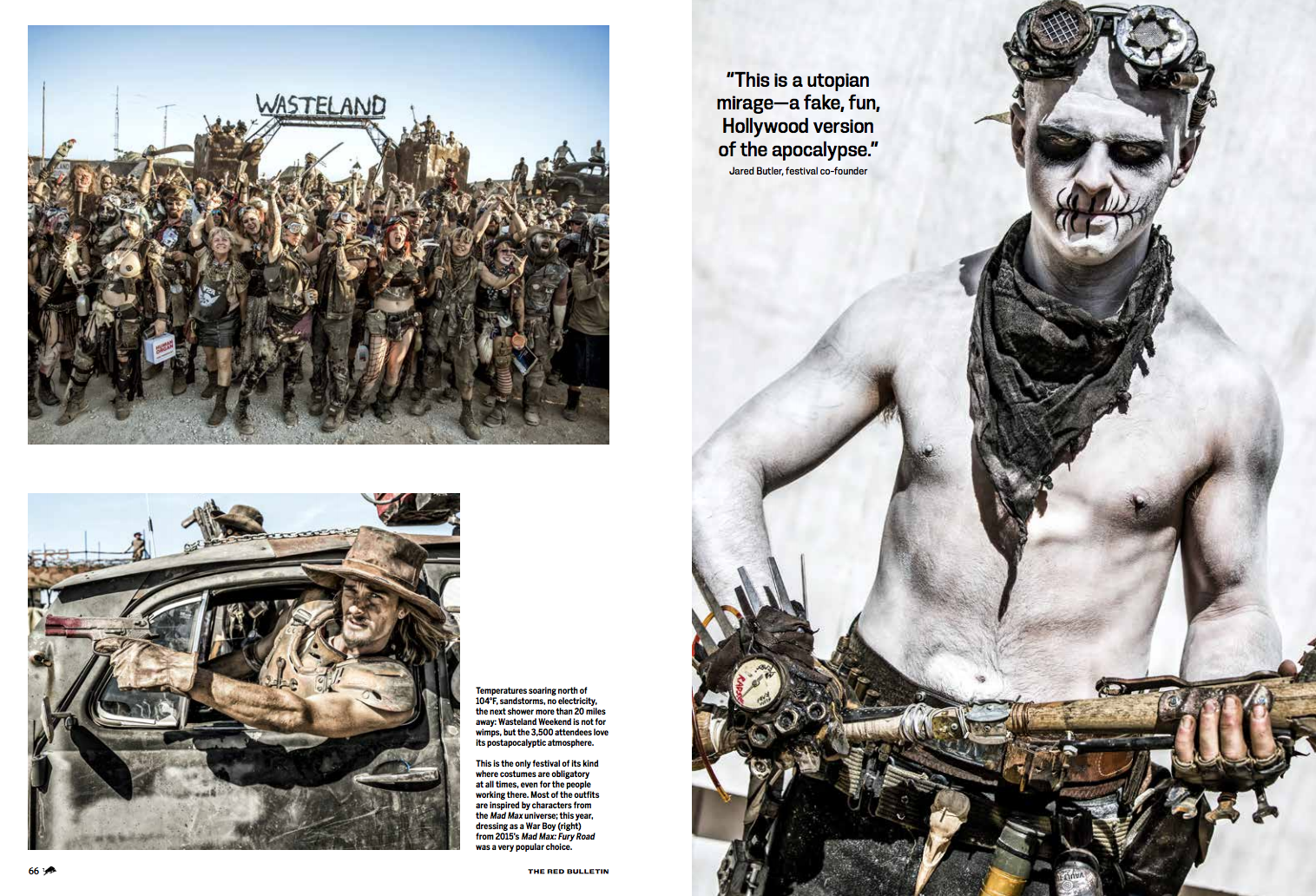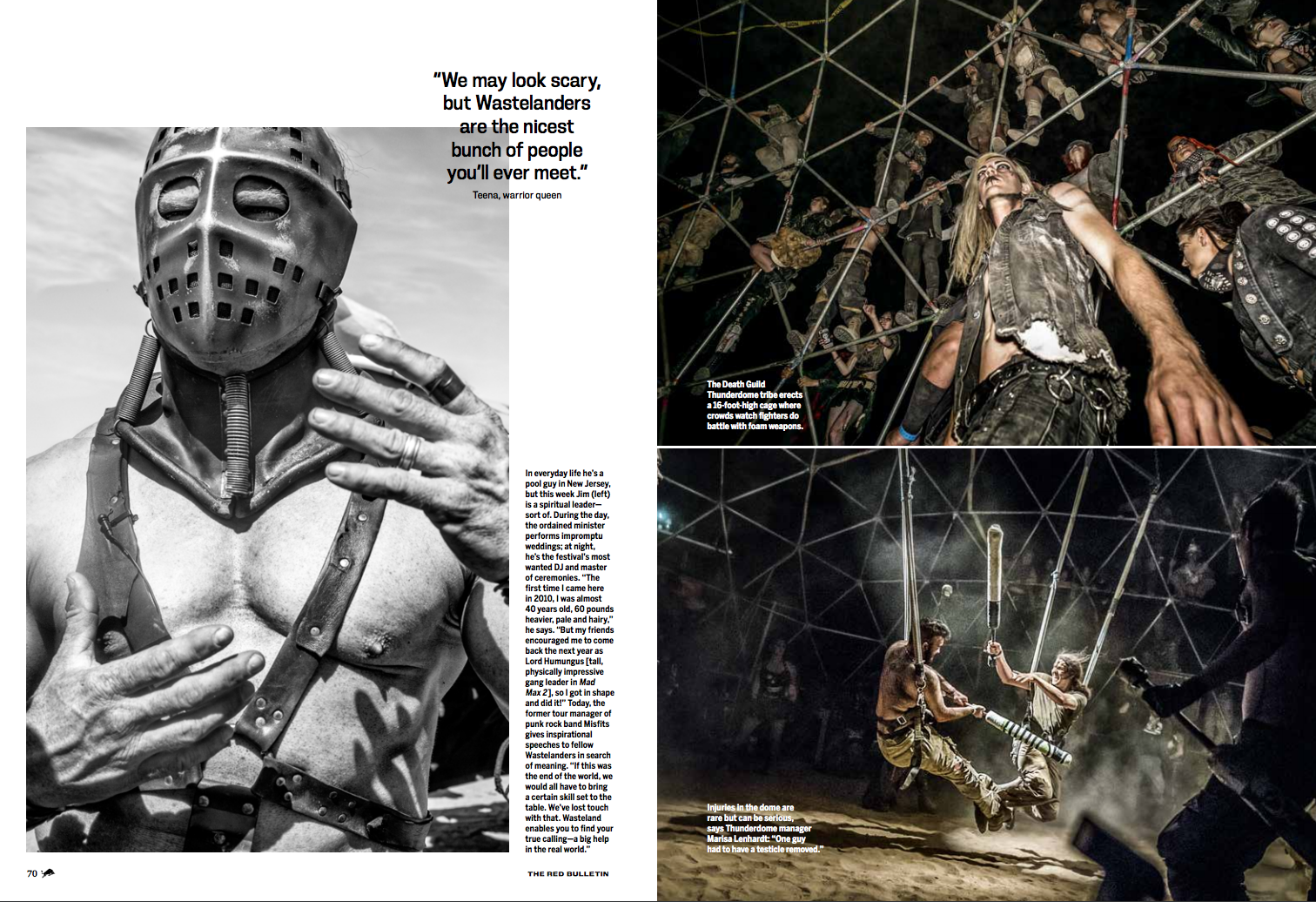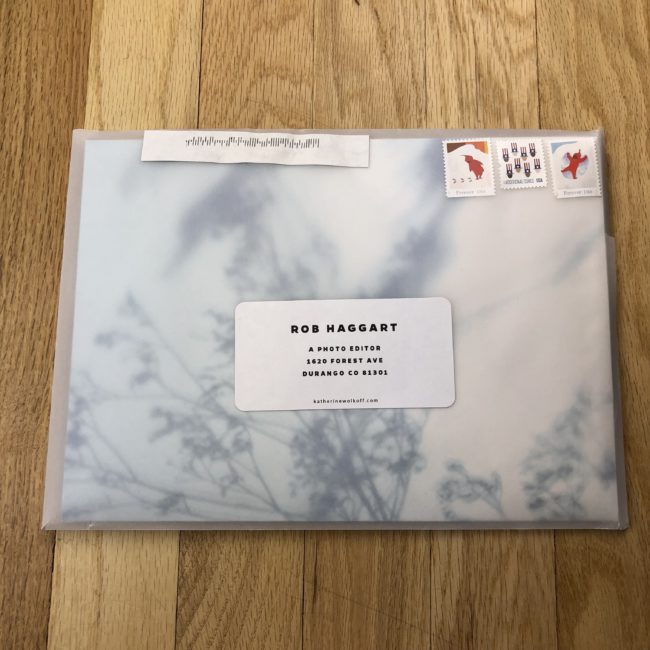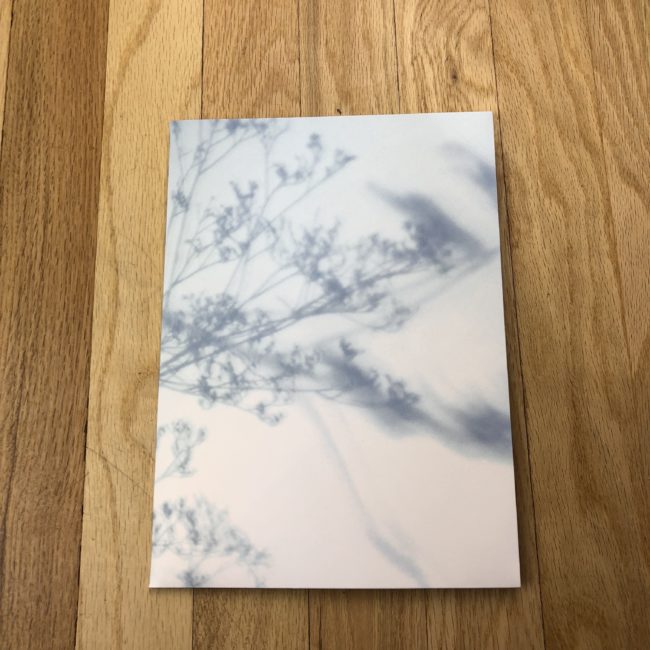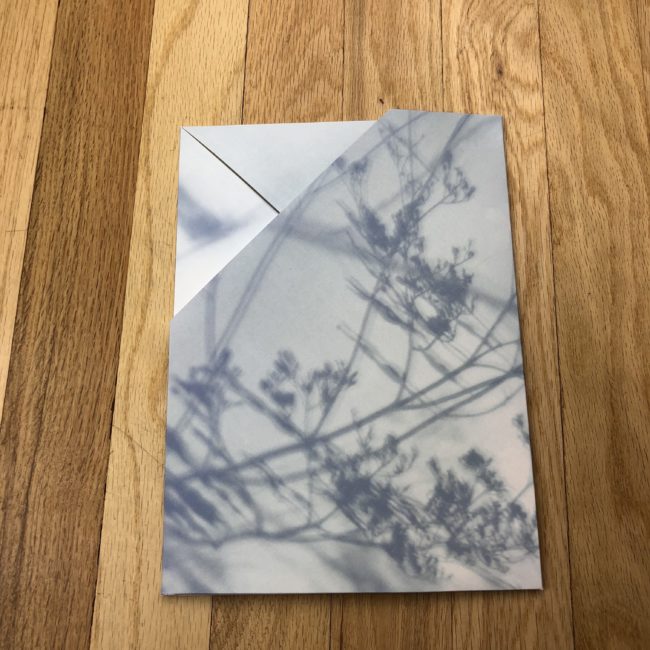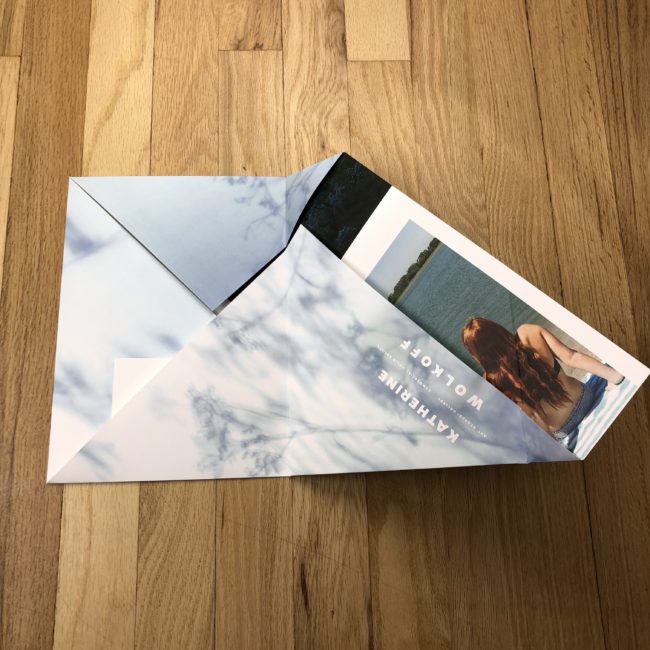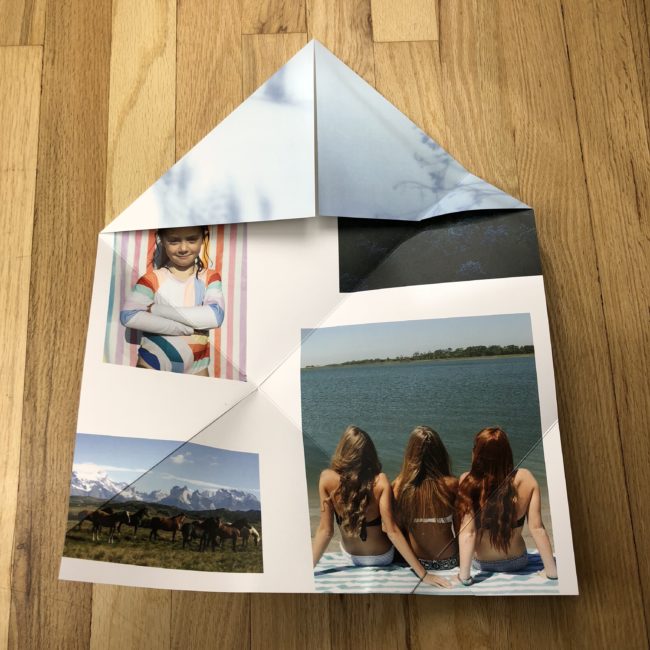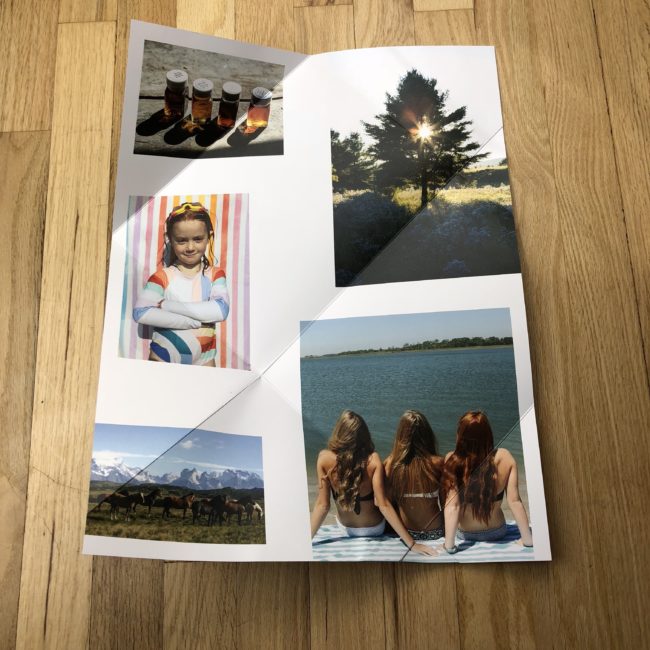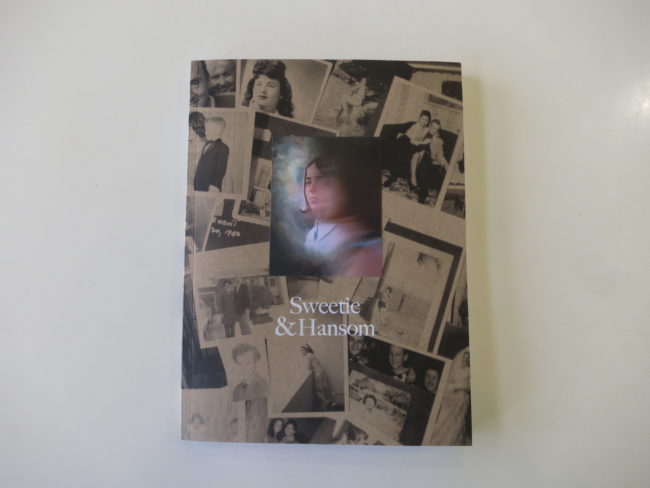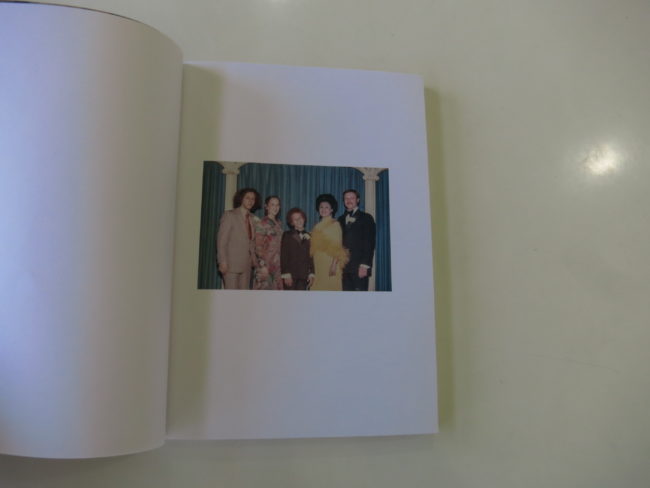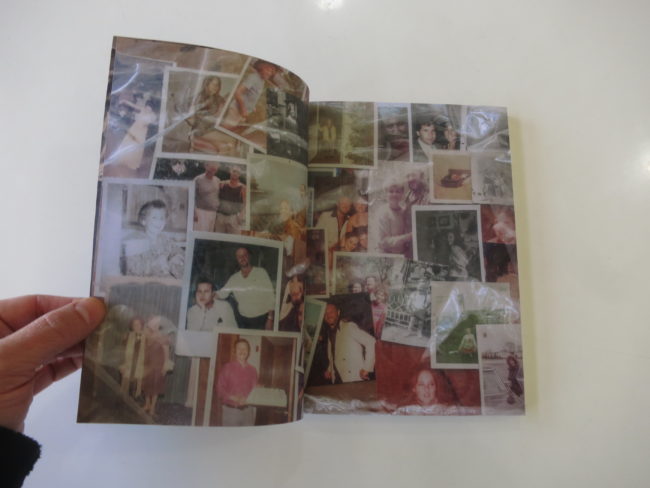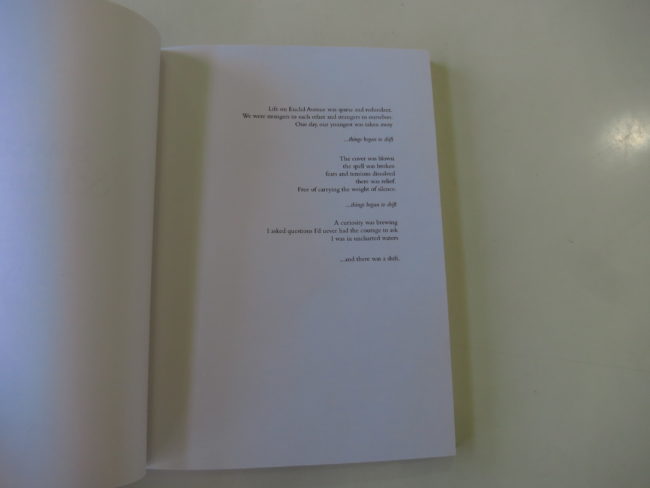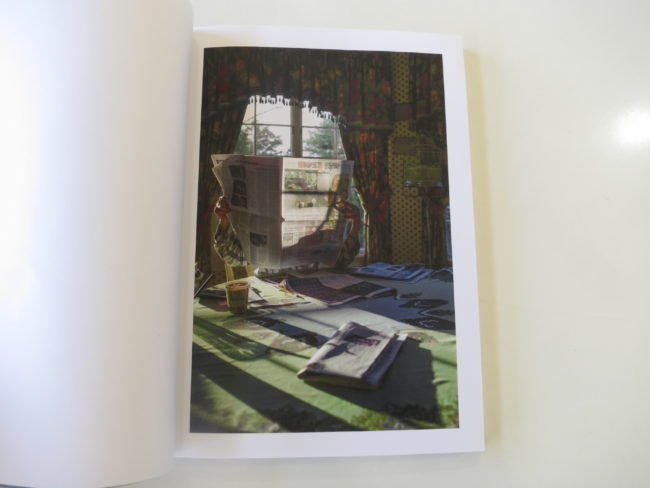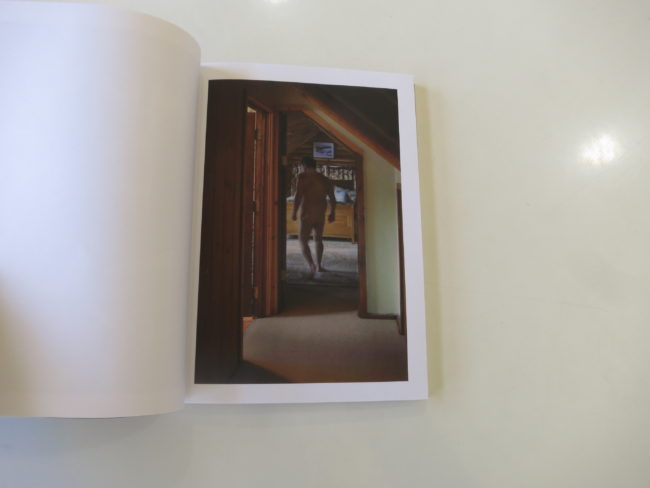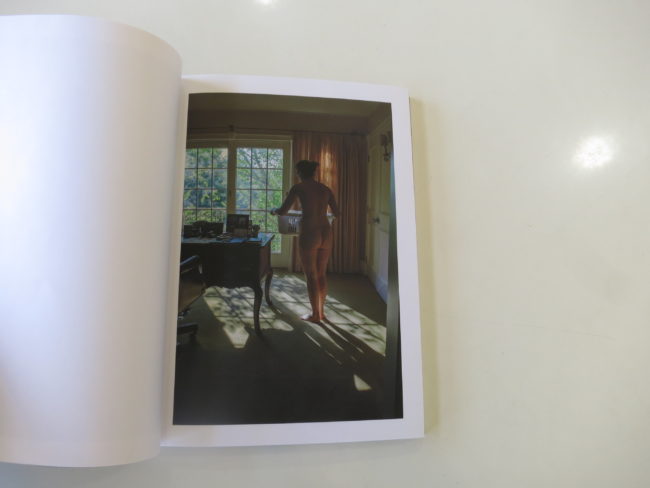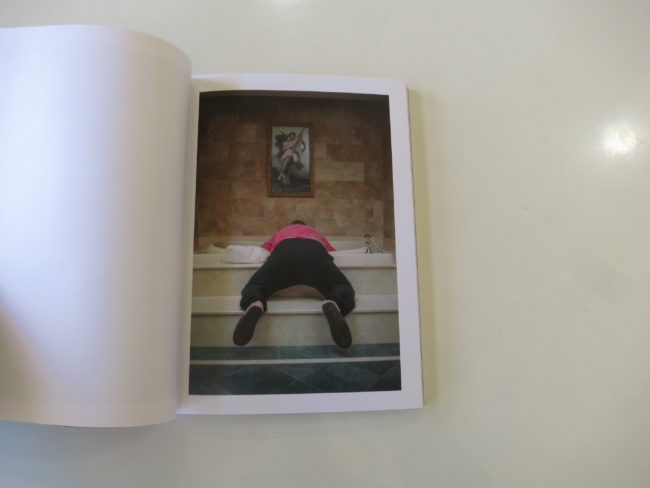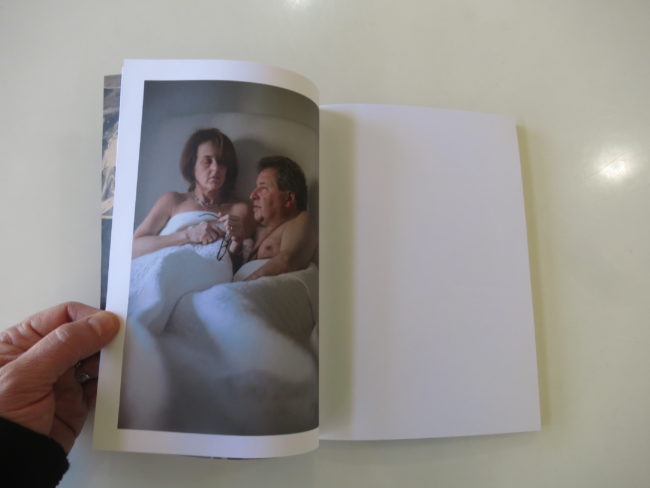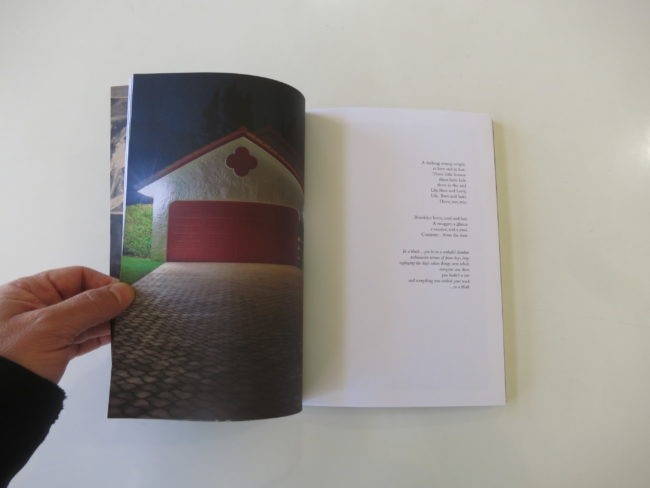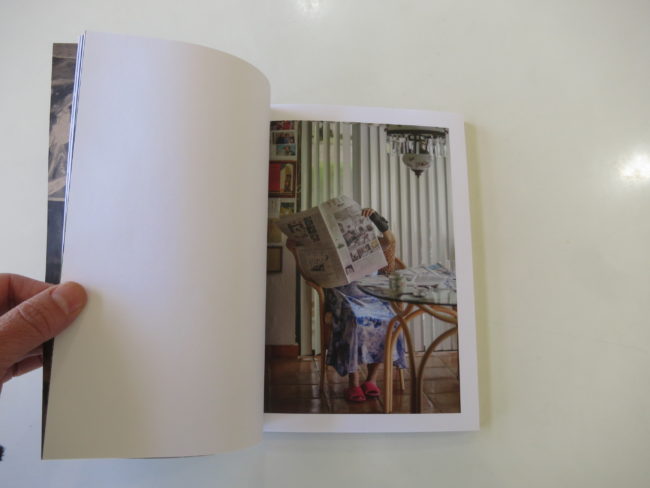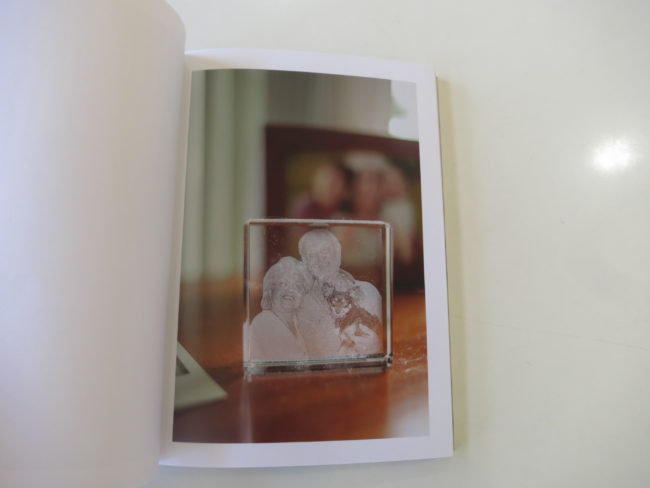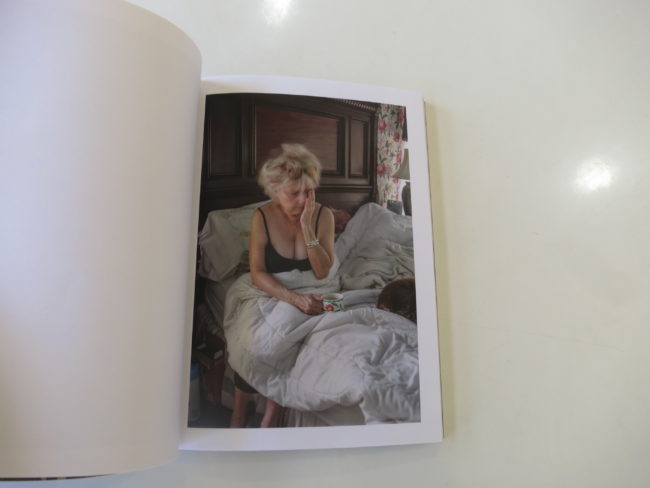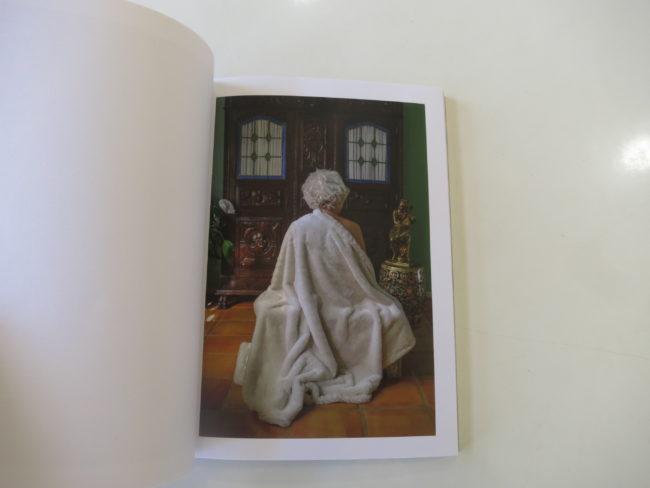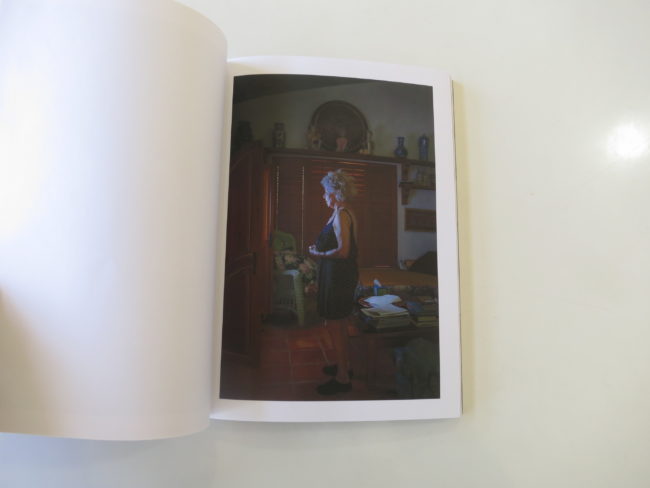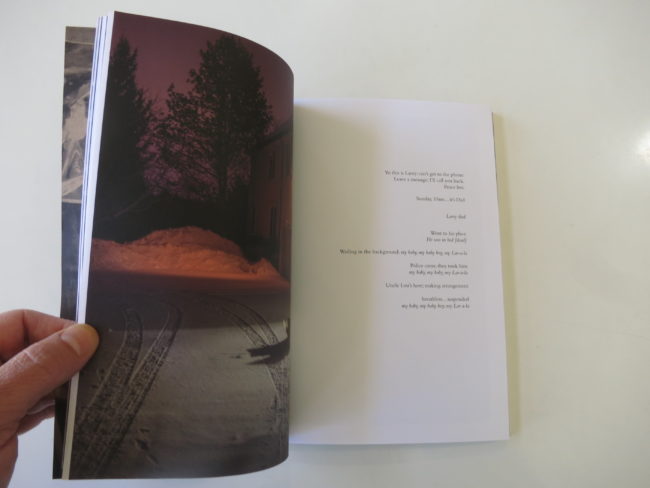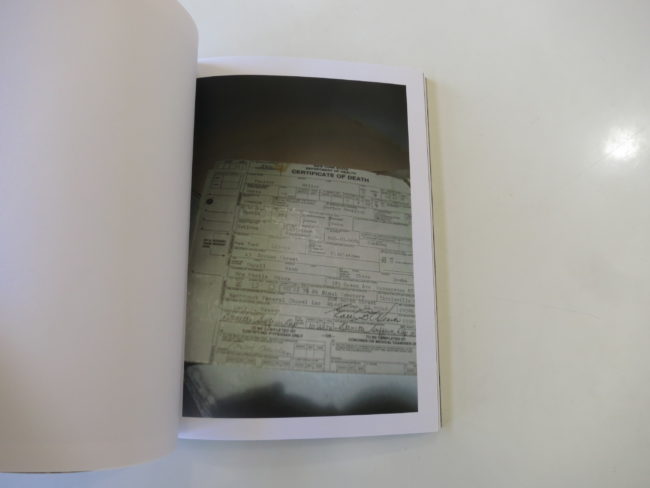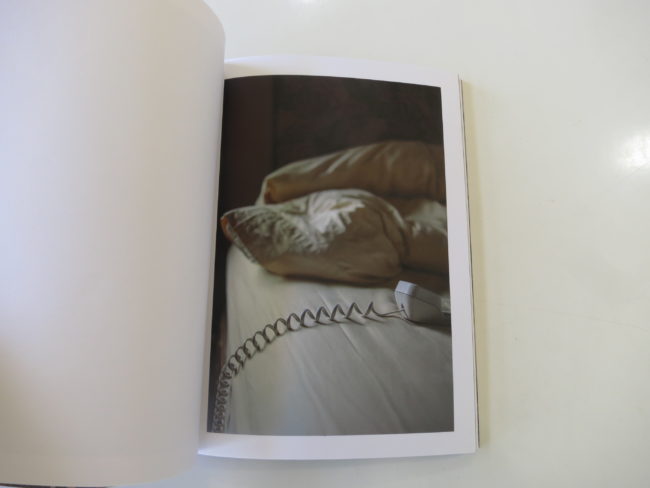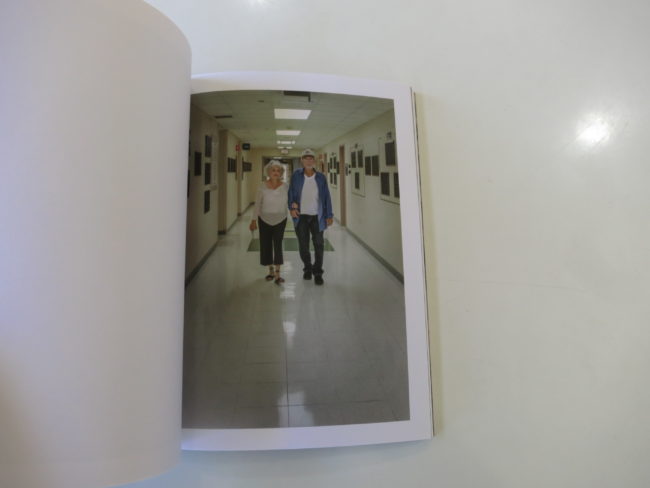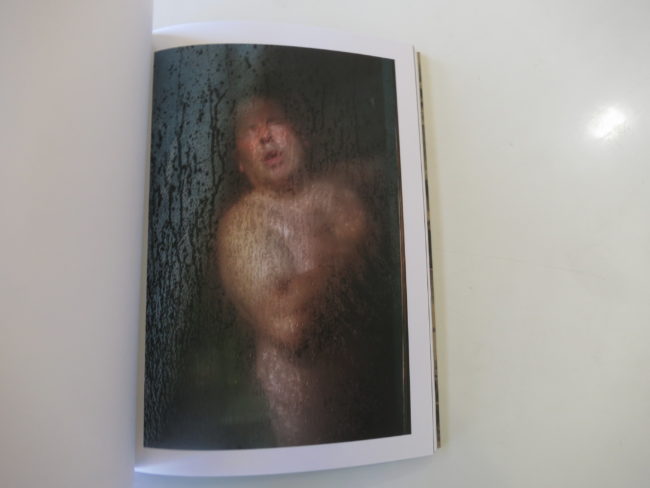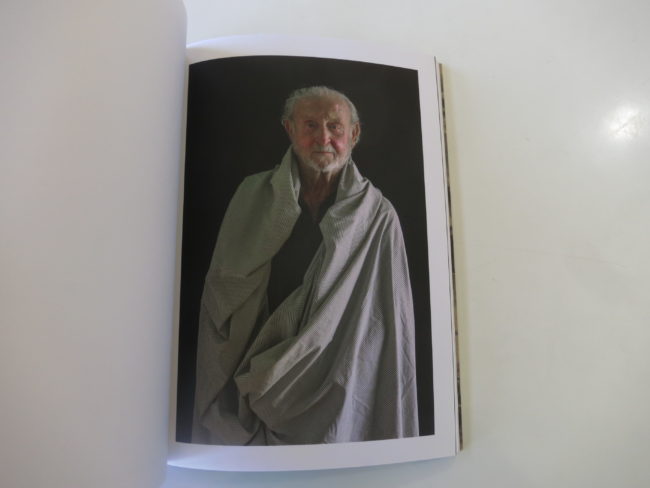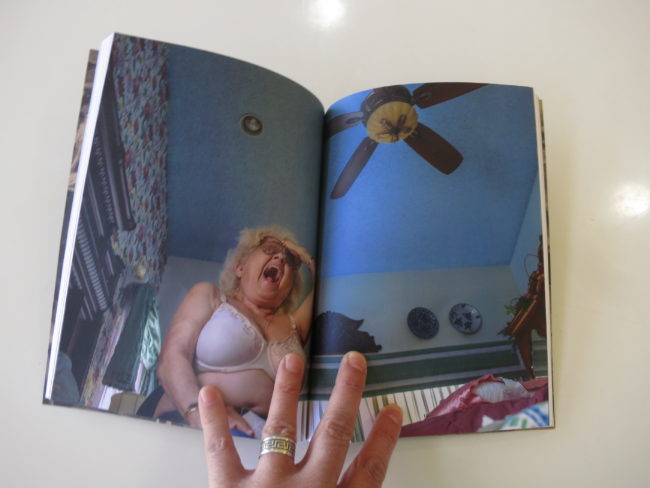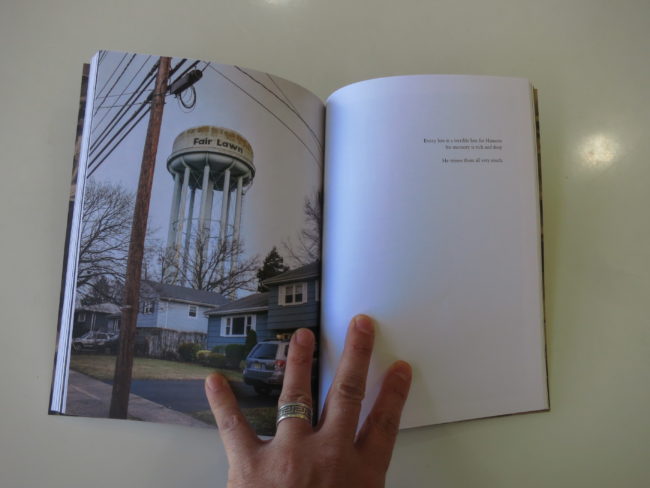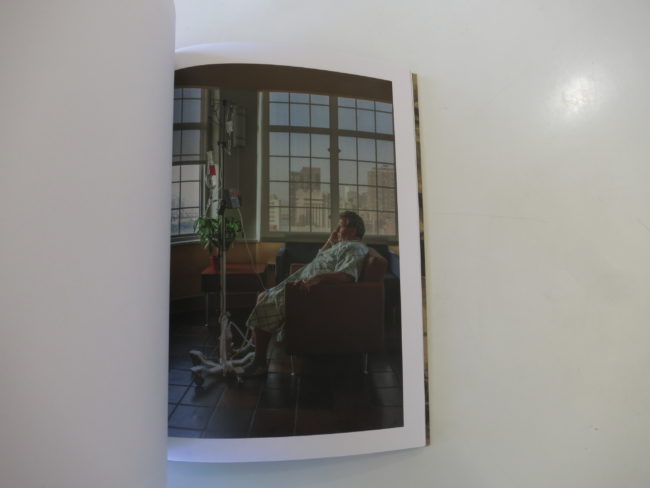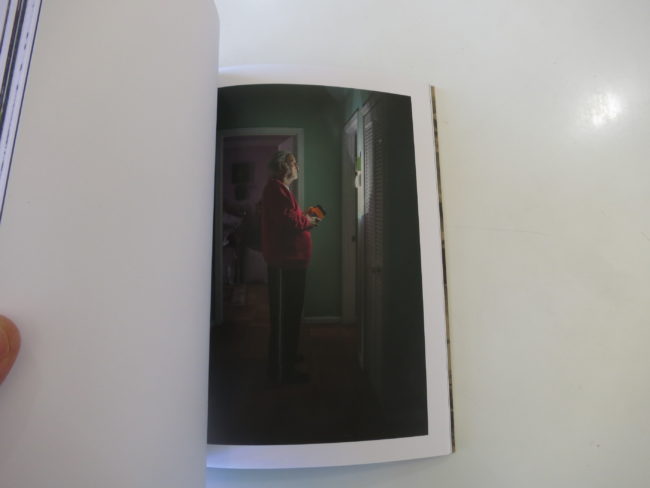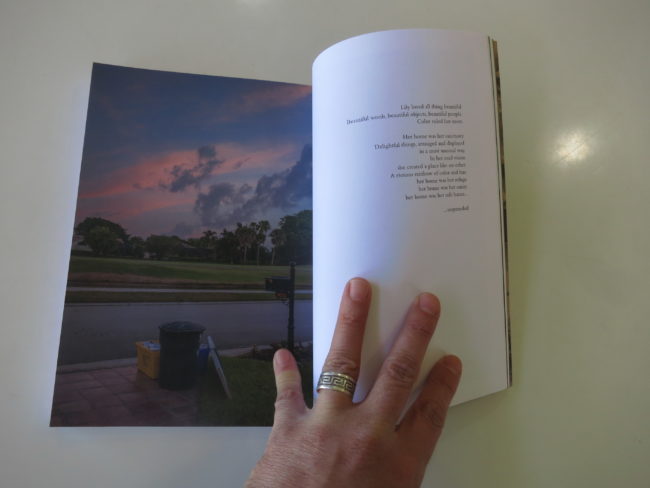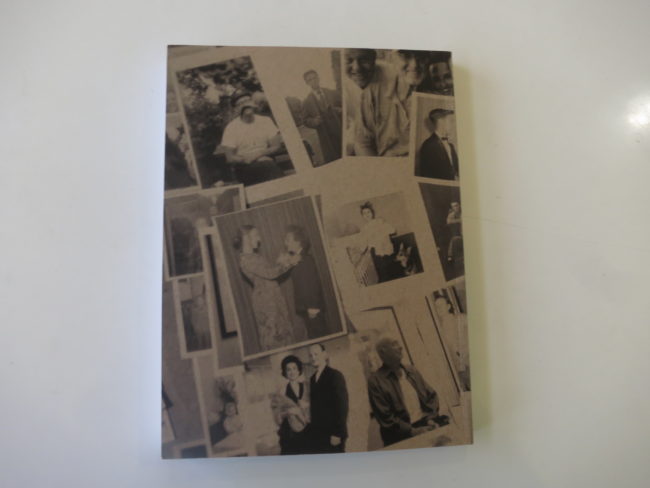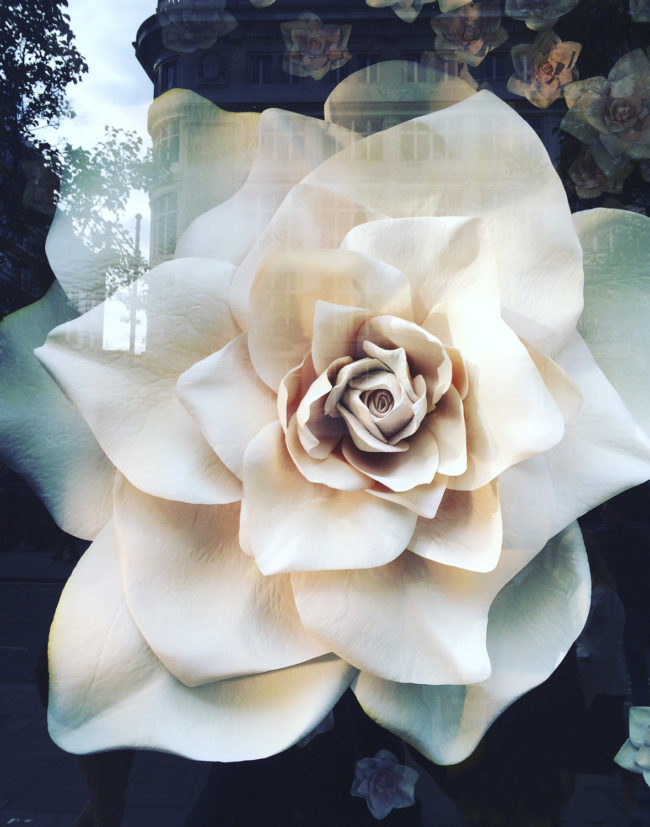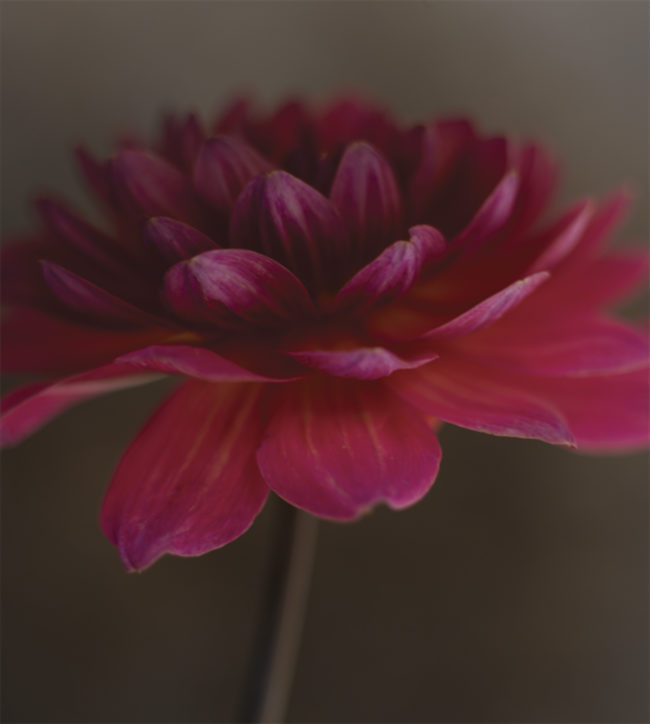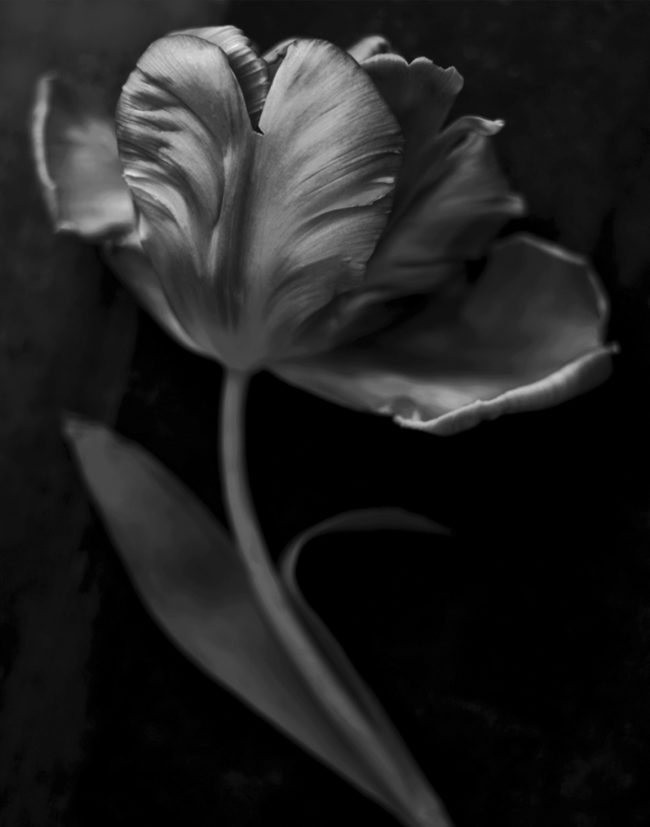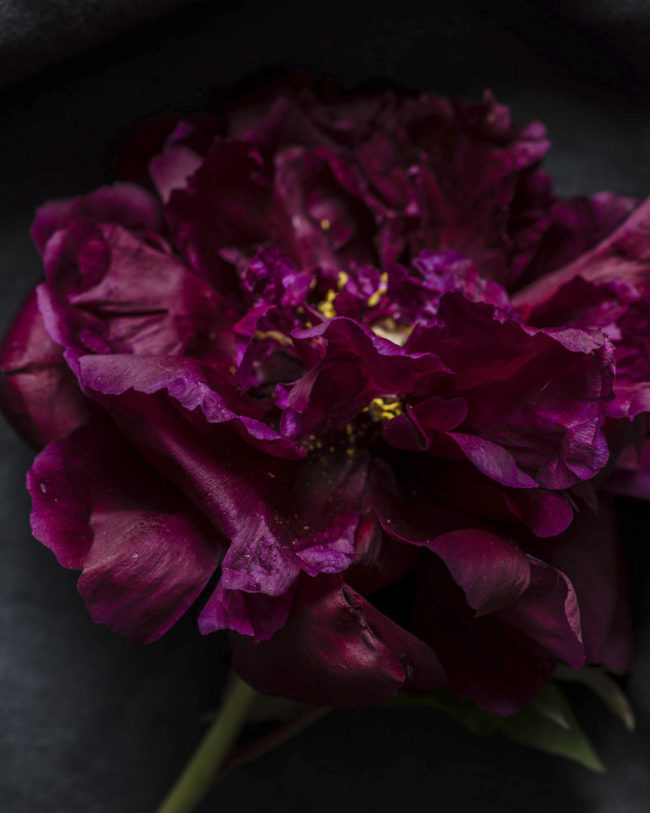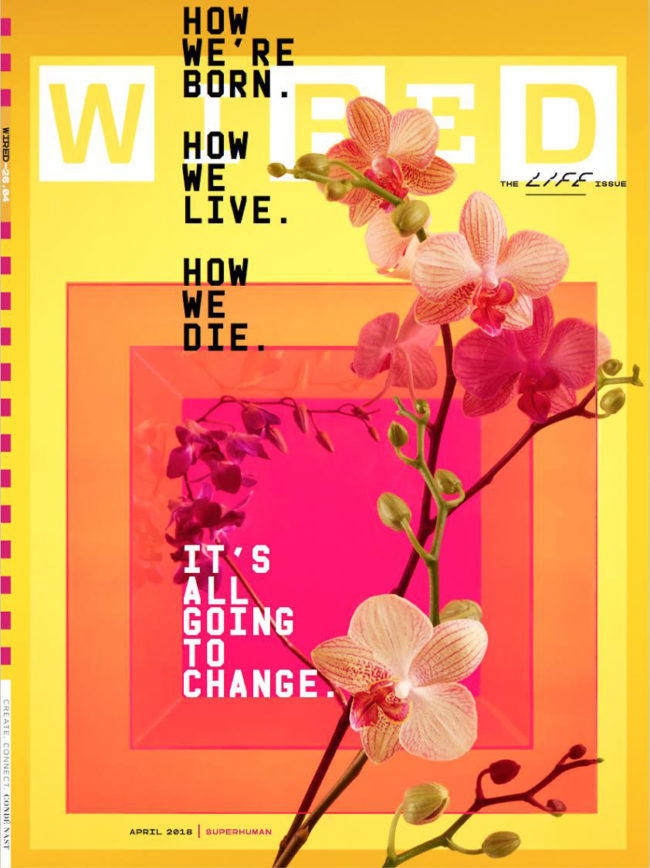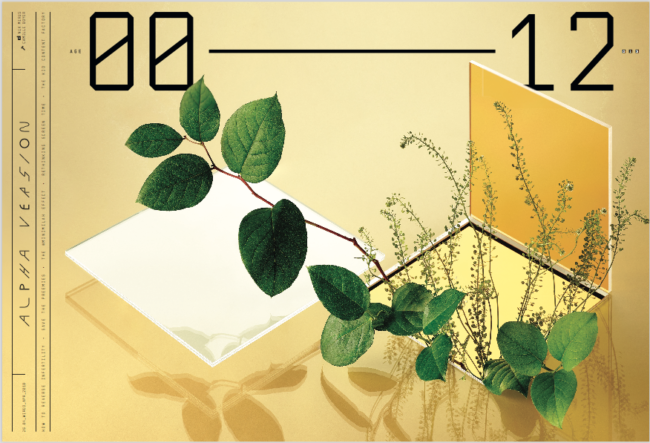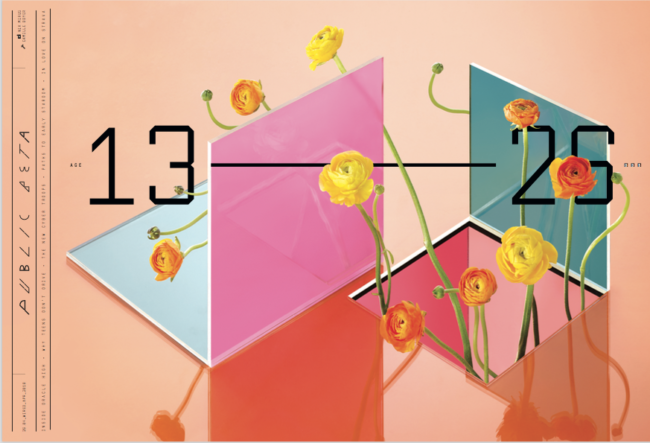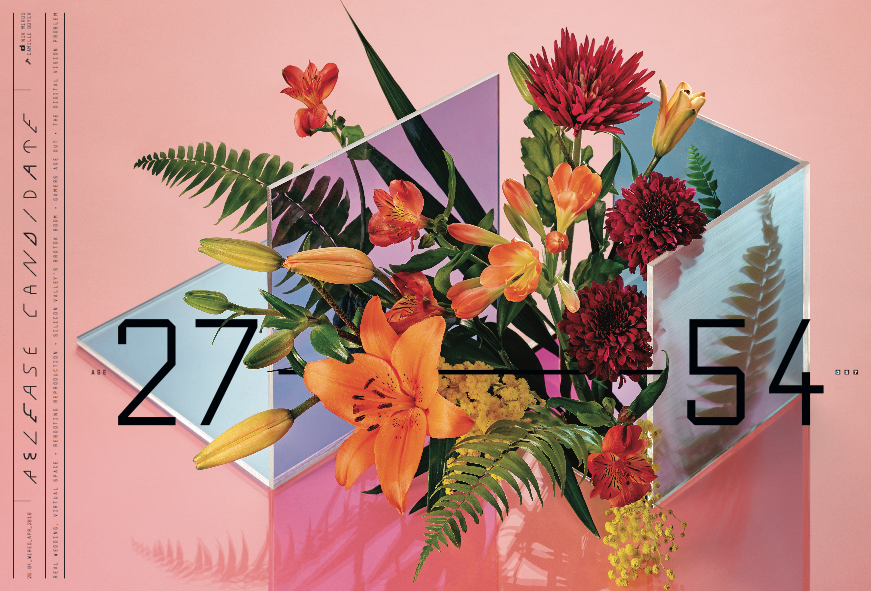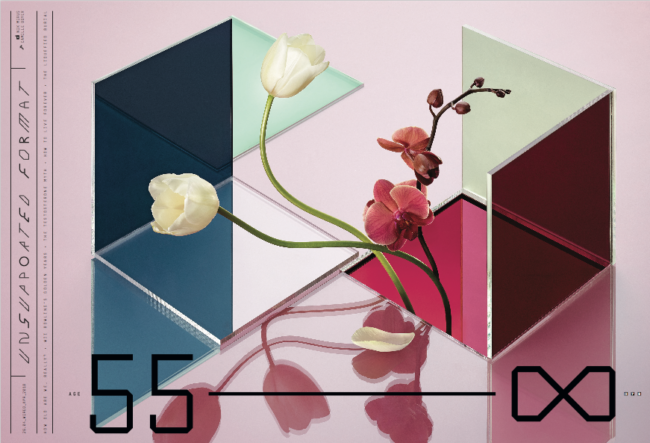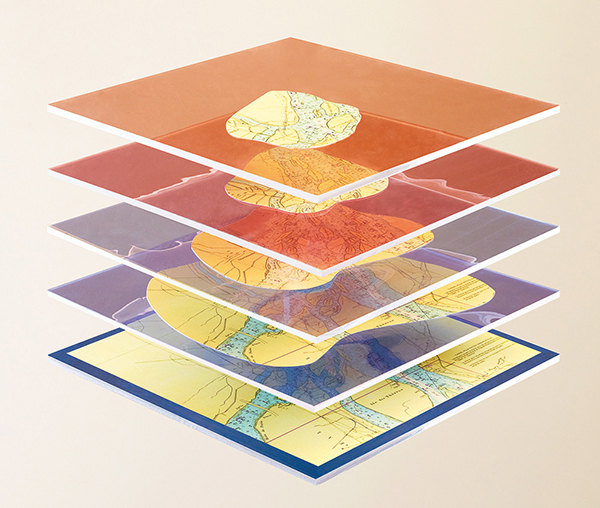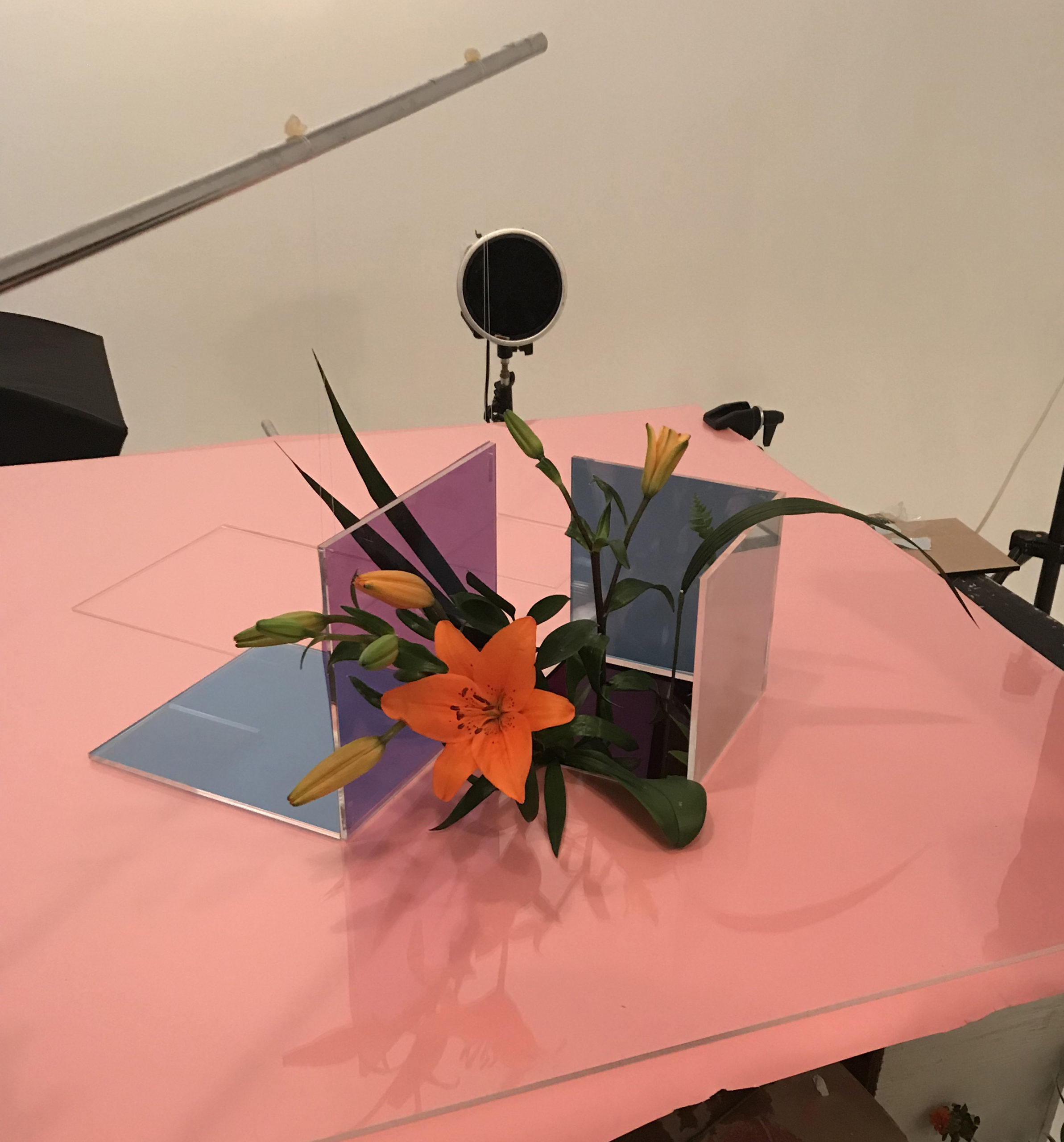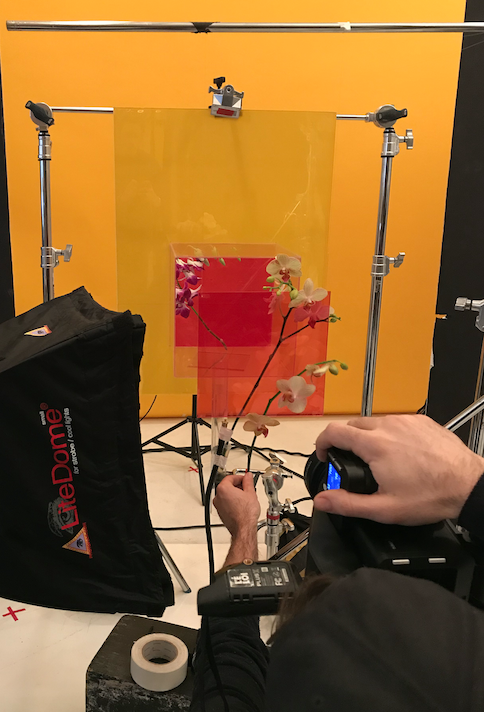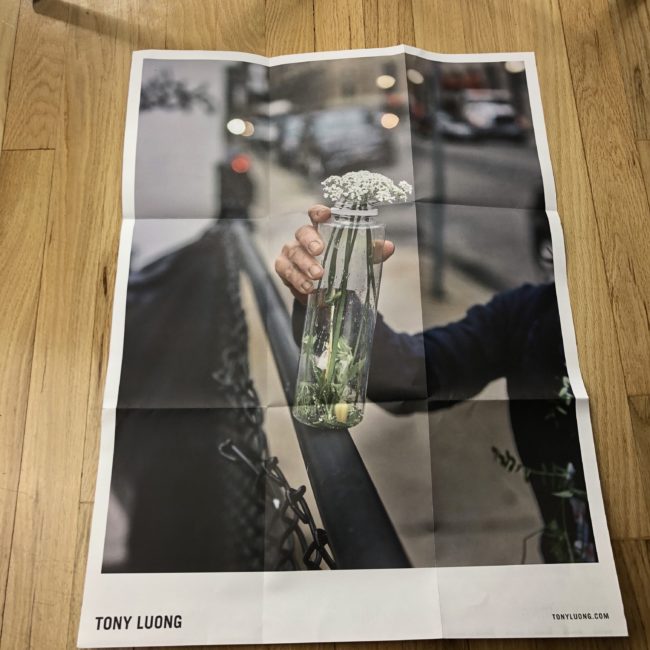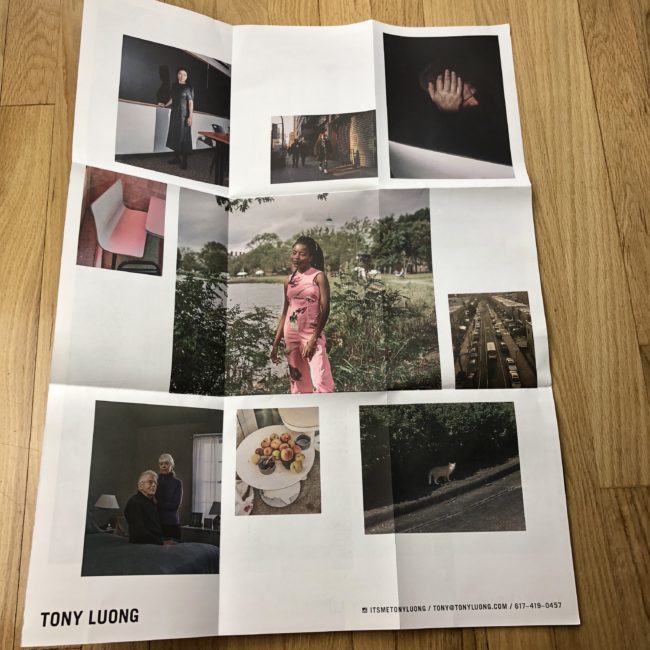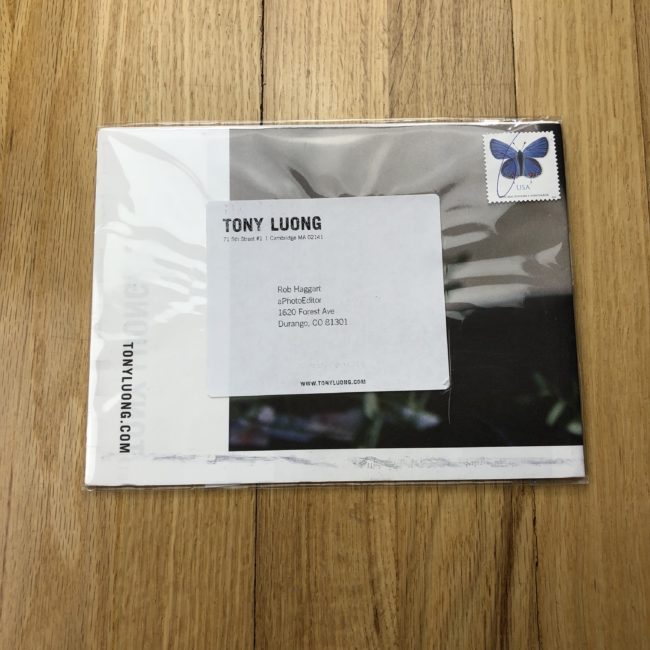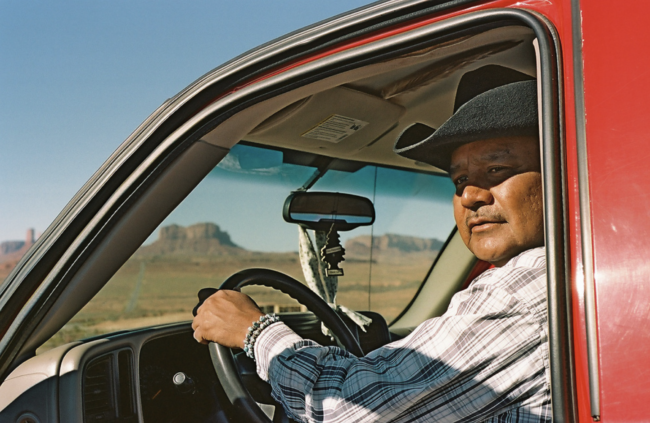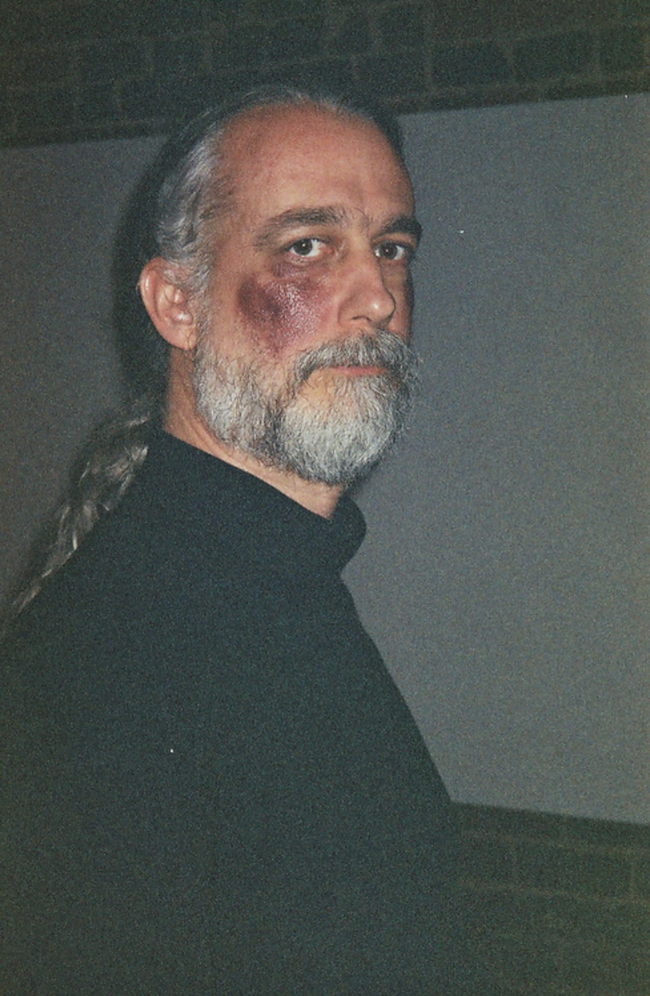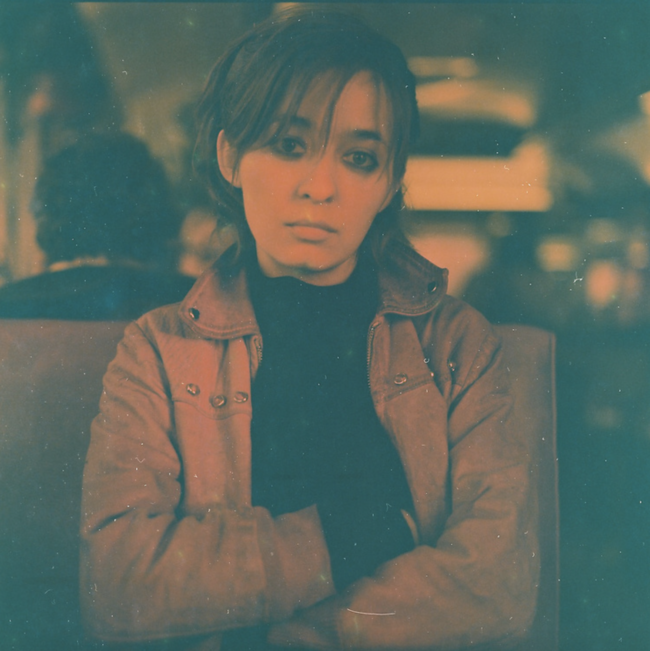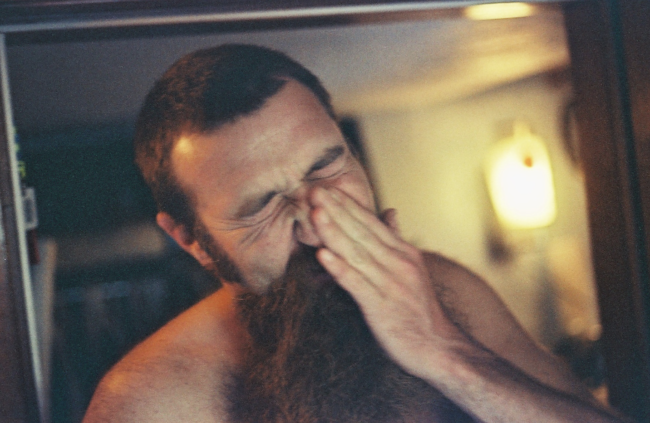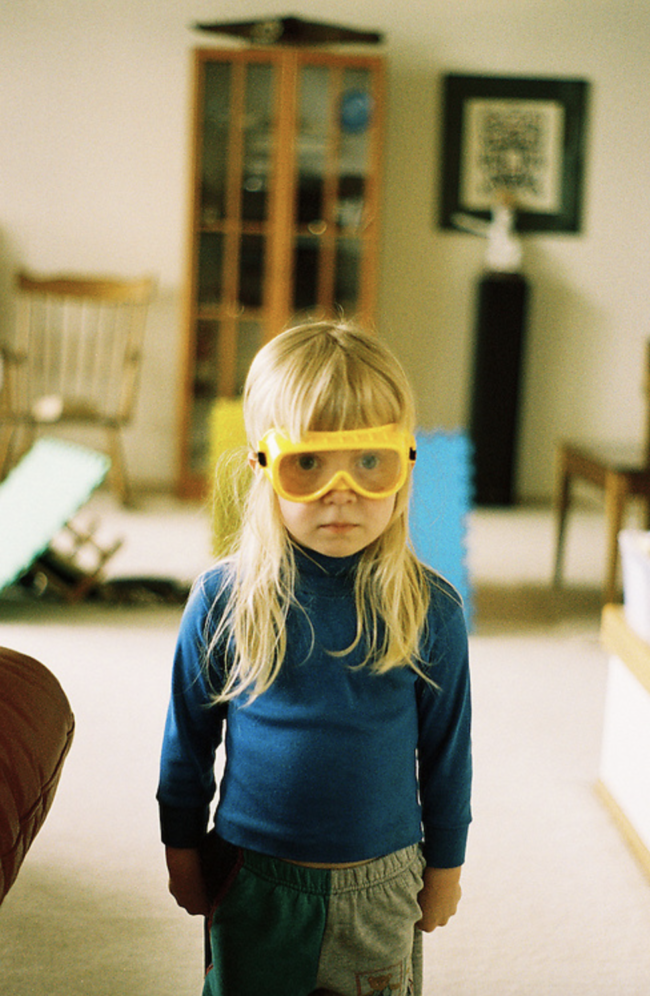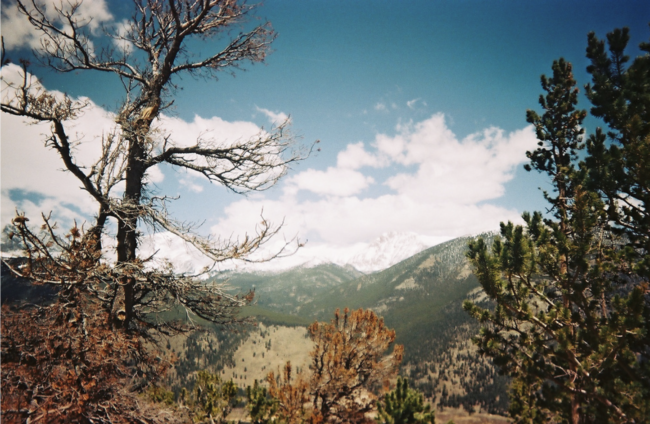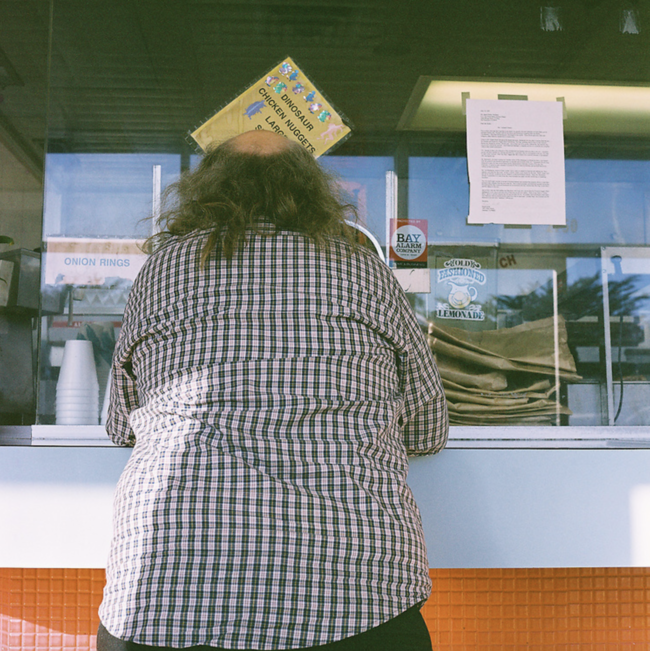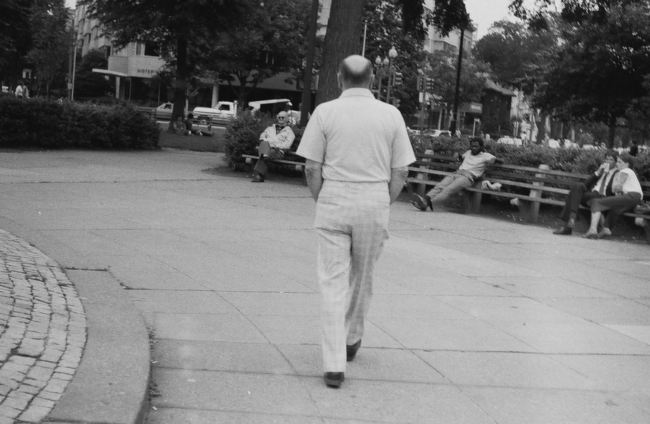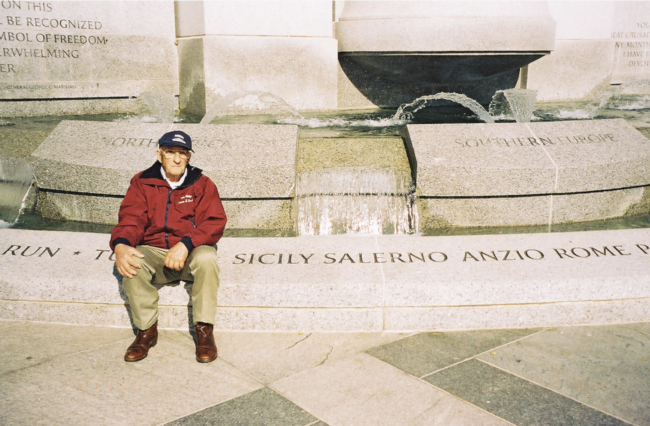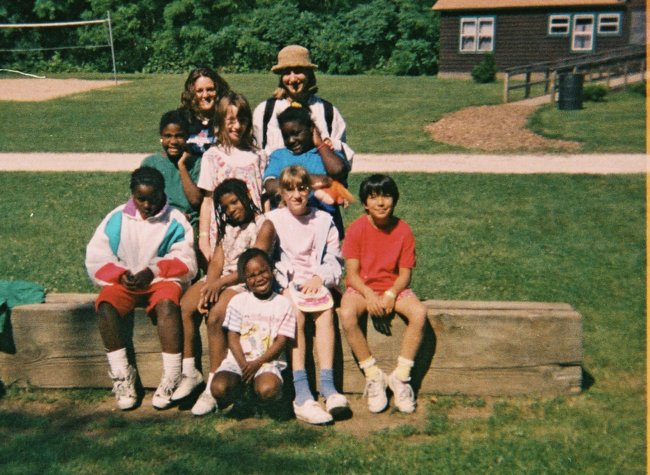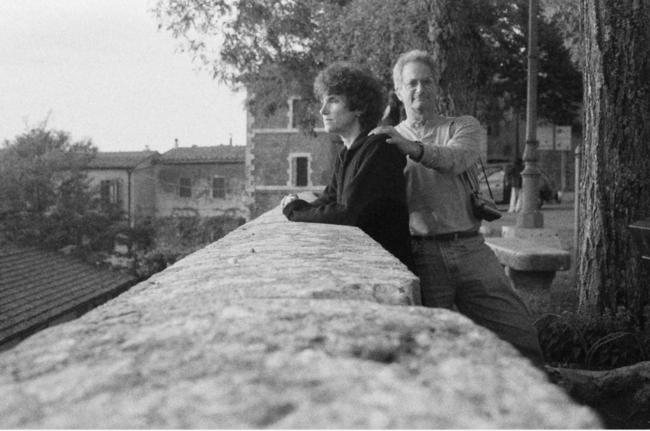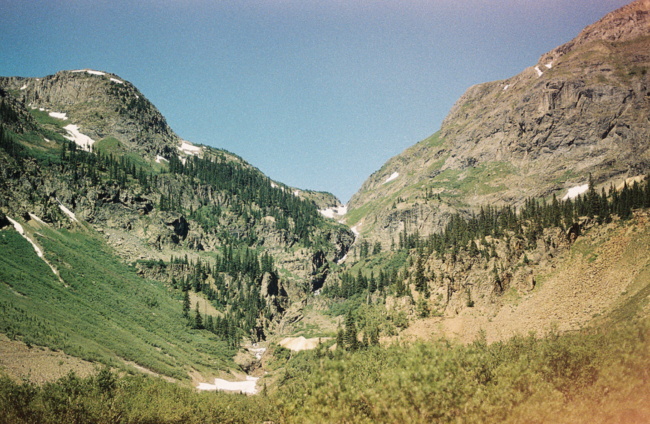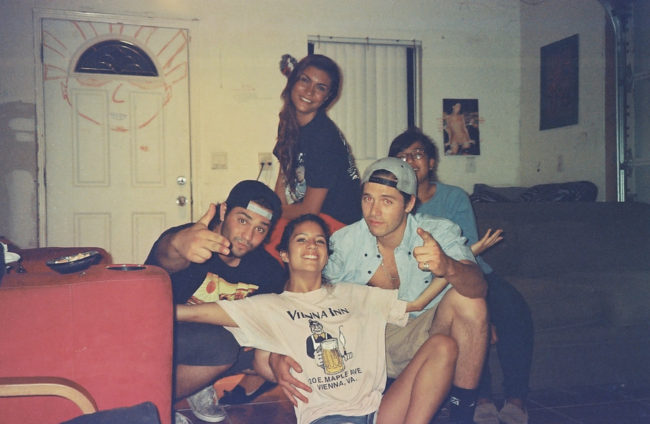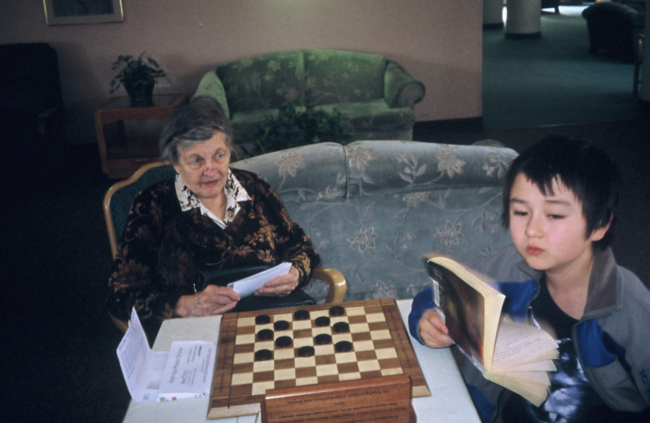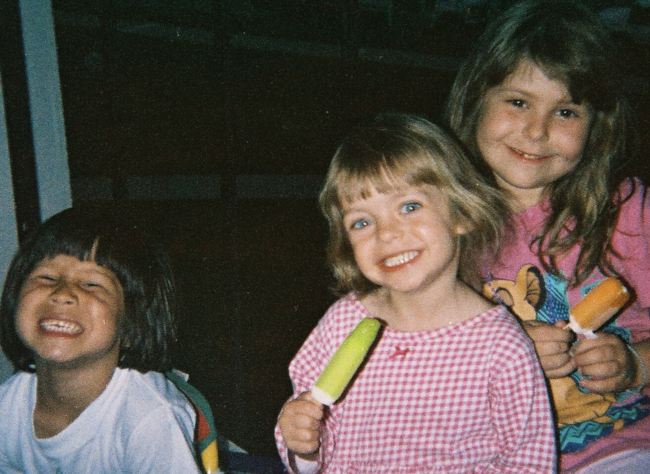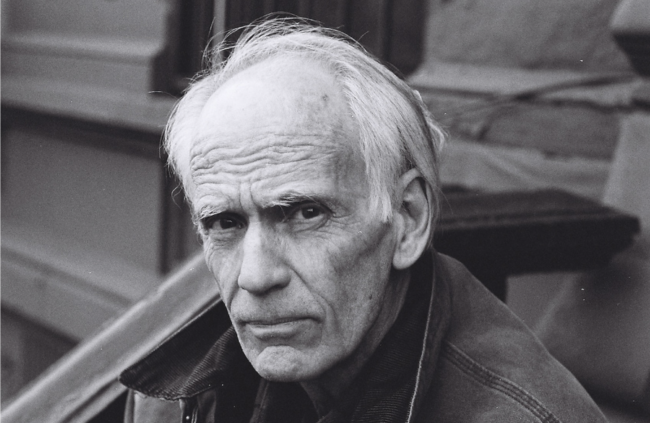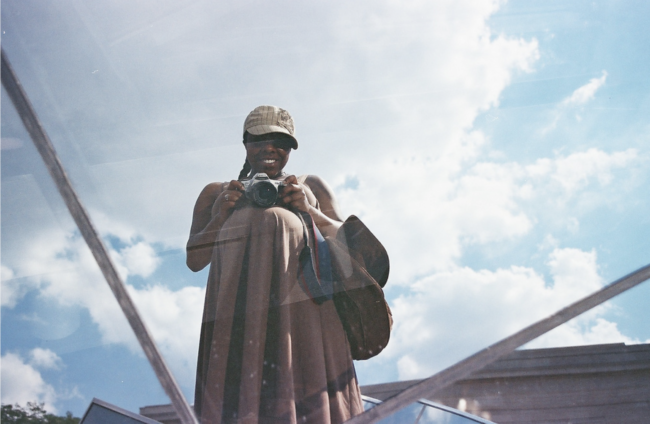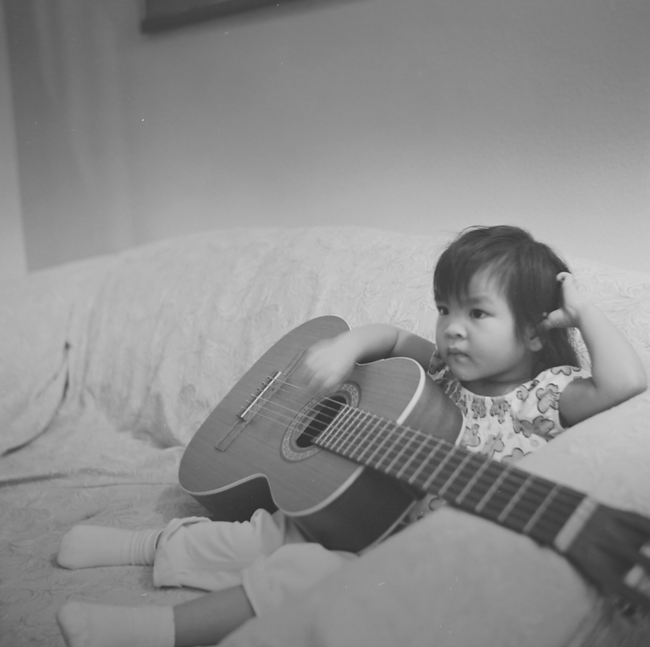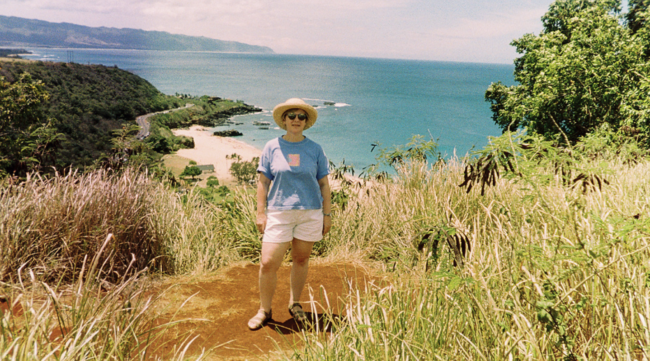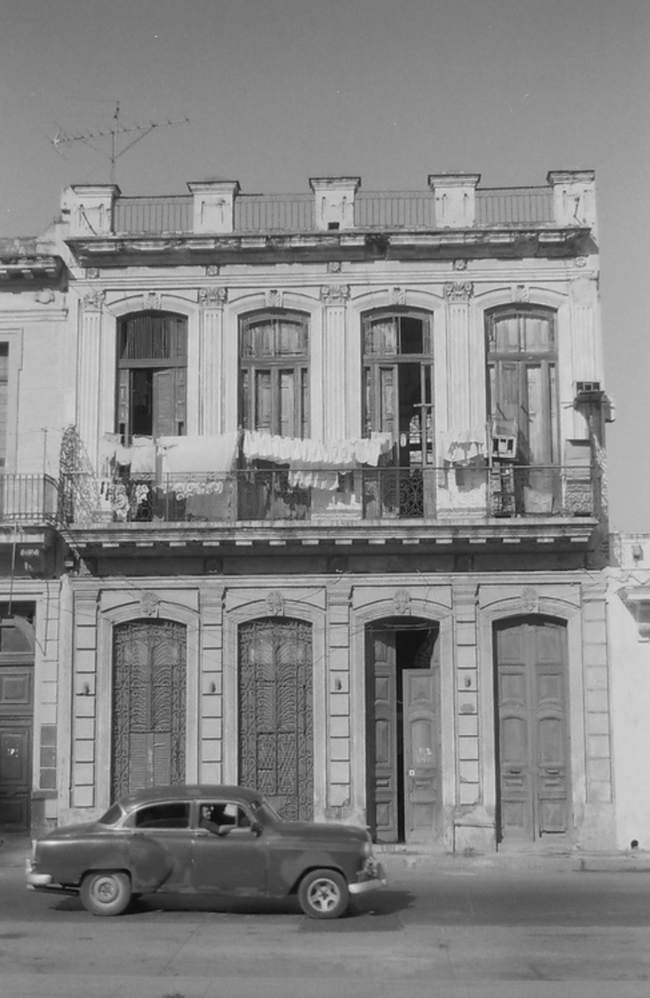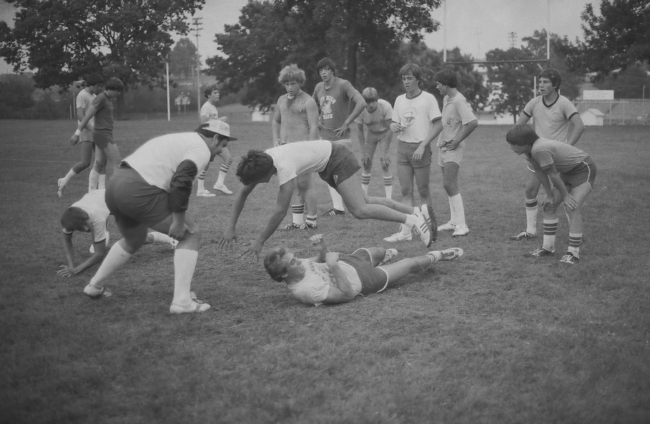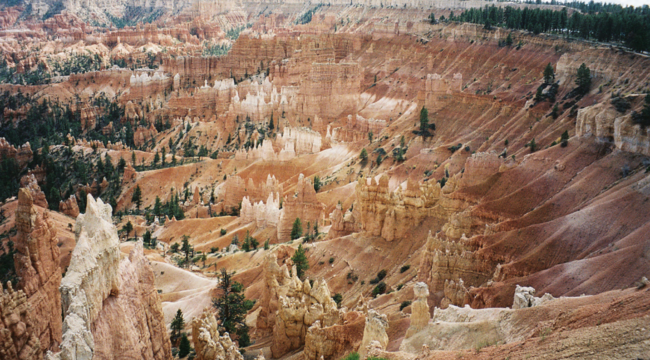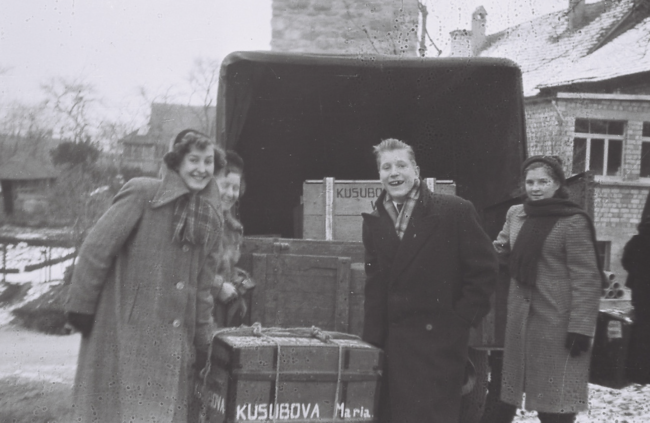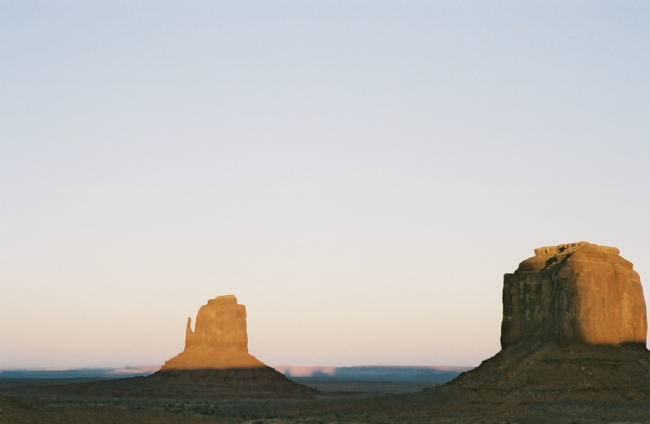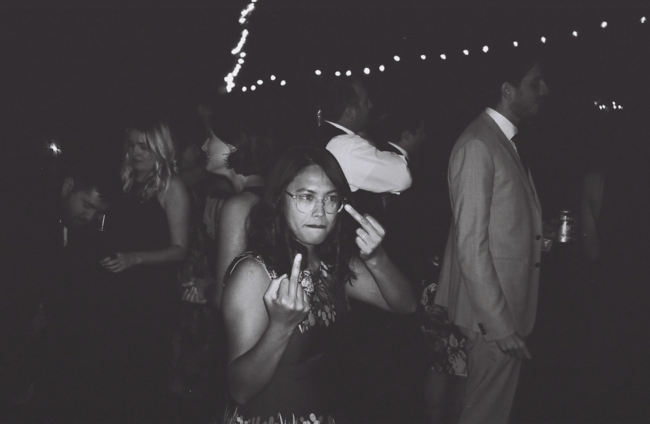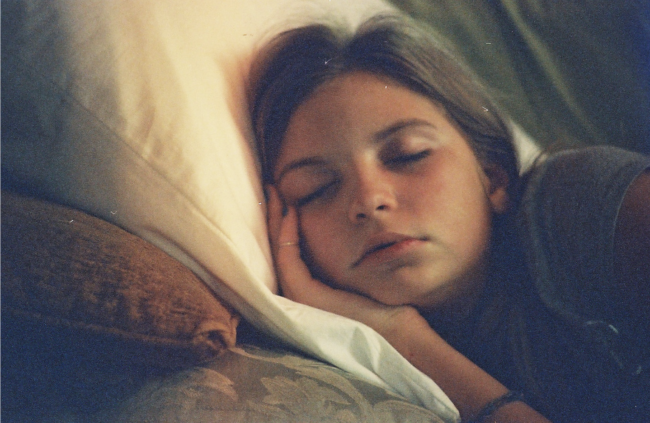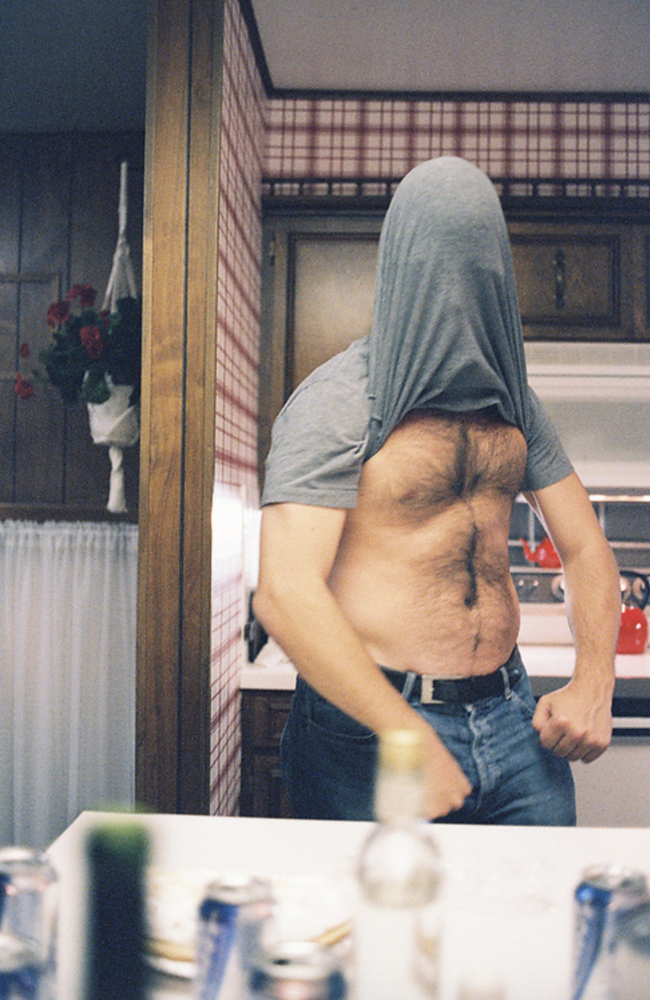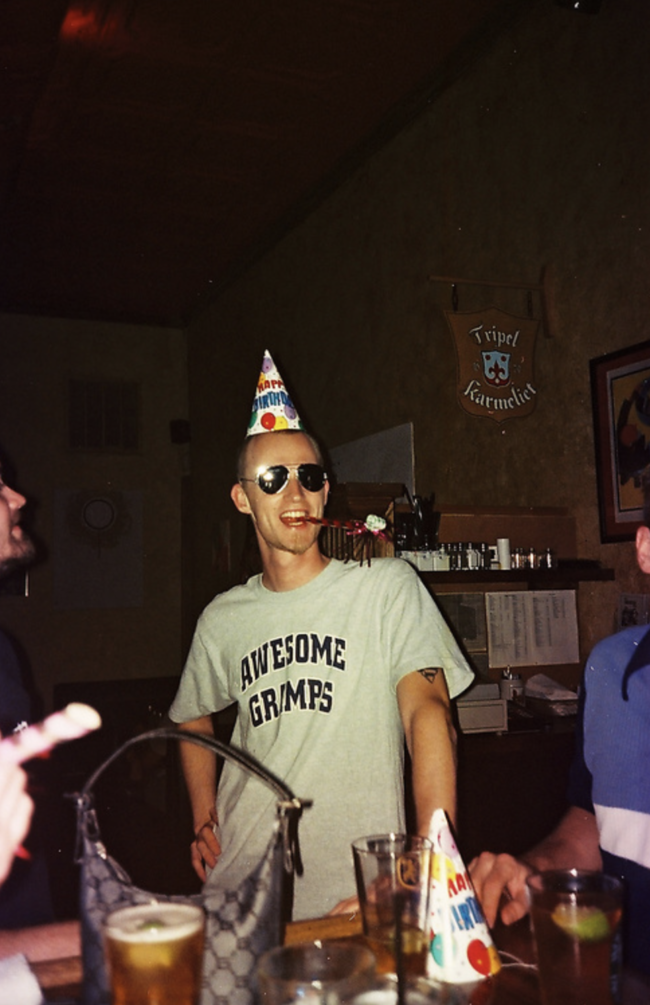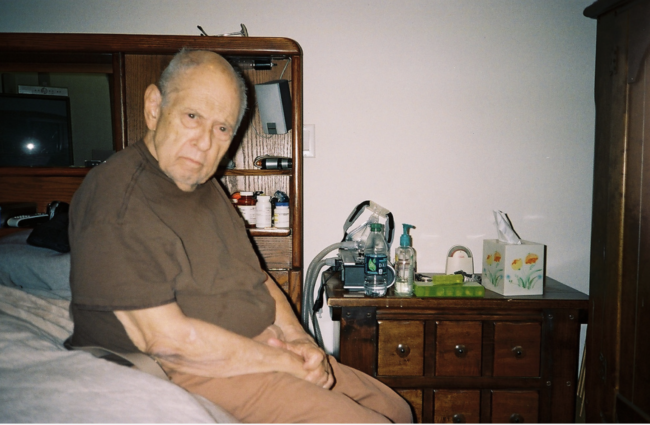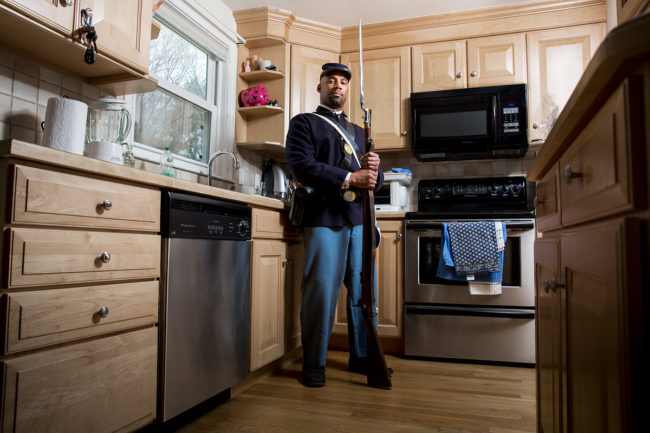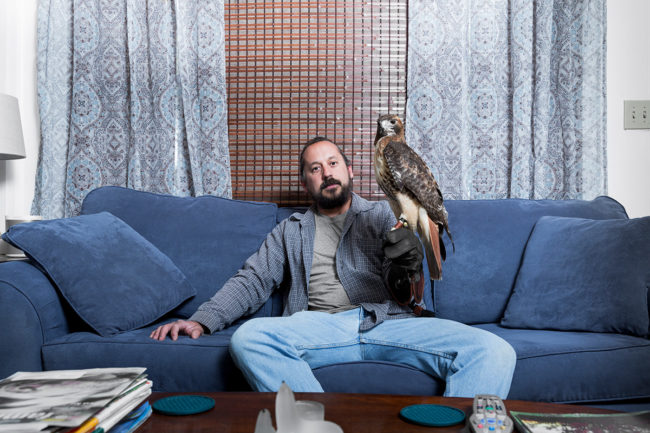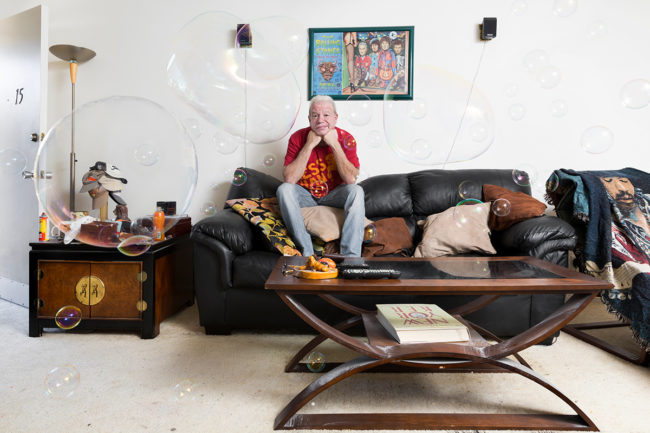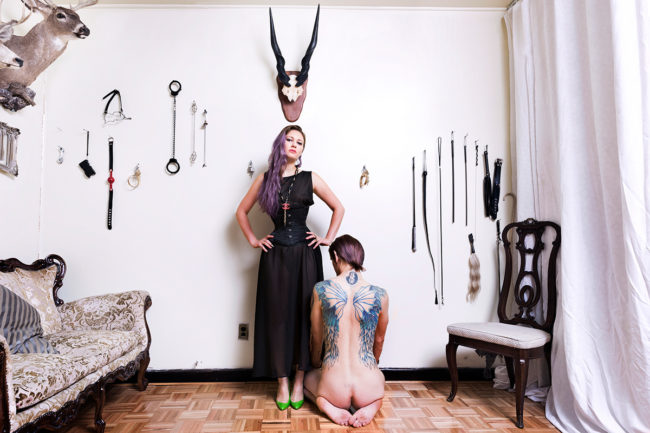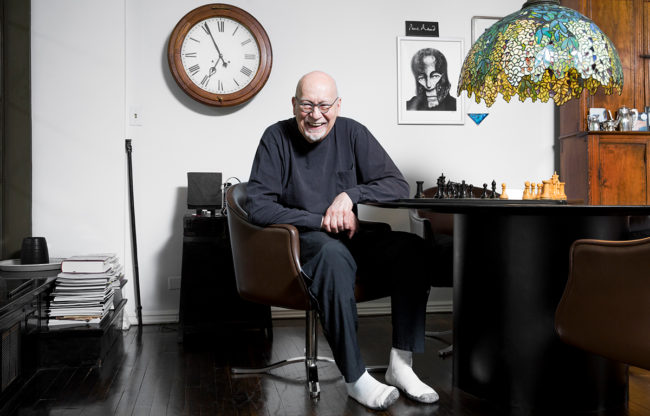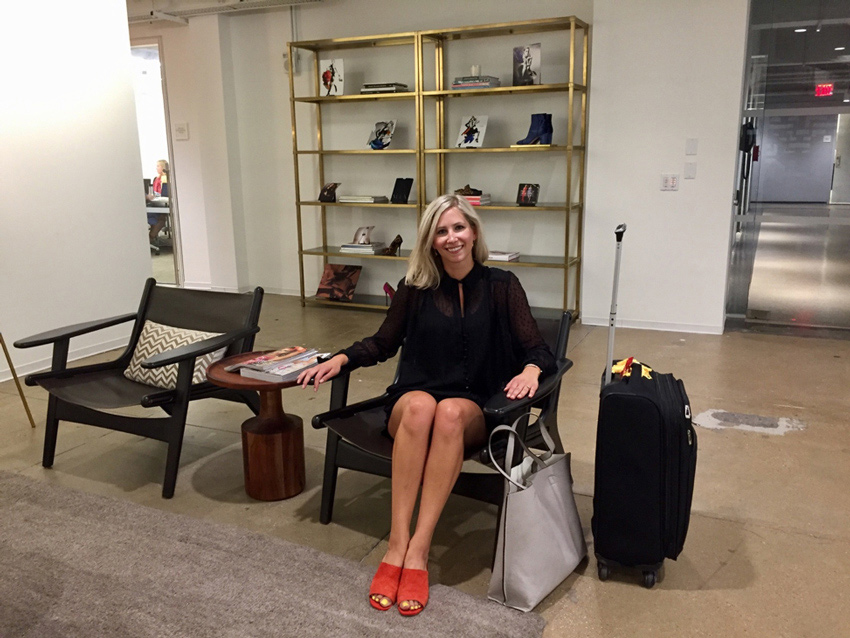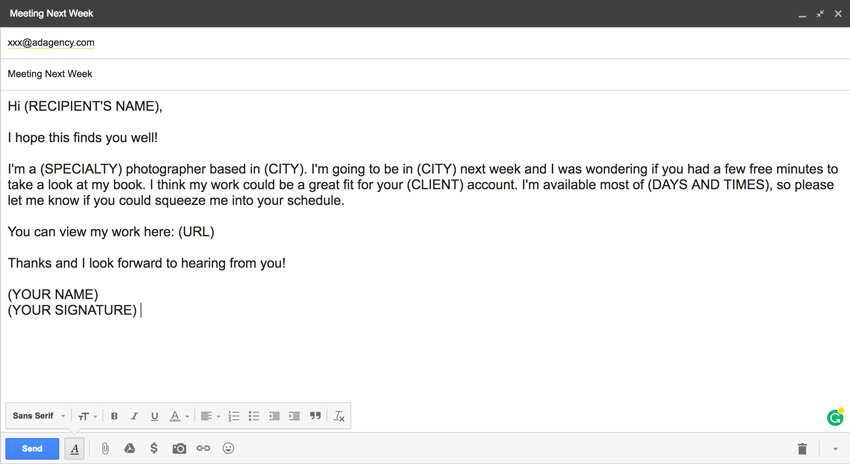Julia Hanley, Wonderful Machine
Concept: Still life images of a consumer product
Location: A studio in a major market
Licensing: Out-of-Home, Print Advertising, and Web Advertising use of up to five hero images and ten insert images in perpetuity
Photographer: Still life specialist
Client: A large US-based home goods brand
Here is the estimate:
Creative/Licensing: The agency came to us with five distinct conceptual ads, each of which featured one hero image portraying a single product in use, accompanied by two to three smaller images (referred to as “insert images” by the agency) showcasing specific features of each product. Additionally, each ad incorporated conceptual text/copy that would need to be created in post via CGI.
Each conceptual still life scene was unique and involved a complicated set in terms of the design and prop elements. For each set, we had to incorporate both 3D layout copy and create an effect where the set began to blend into the studio background. In order to execute the desired effects, we would need a top-tier prop styling team in addition to supplementing with CGI in post. The use of CGI would enhance the three-dimensional text and the textured background elements.
The agency requested out-of-home, print advertising, and web advertising use of the final ads in perpetuity. I considered factors that increased the overall value of the images, such as the brand’s name recognition, the photographer’s expertise and creative input, the usage requirements and uniqueness of each ad, etc. Based on previous experiences and similar projects, we determined the appropriate creative/licensing fee to be $41,000, which broke down to $8,200 for each final ad.
Pre-Light Day(s): Due to the technical lighting needed for the various sets, we included one pre-light day at the studio space for the photographer and incorporated this day throughout the estimate for the crew.
Producer Day(s): I estimated four prep days, one pre-light day, three shoot days, and one wrap day for the producer. We expected a large amount of pre-production in a short window to hire a crew, book a studio, rent equipment, manage talent, etc. The producer would also help manage the CGI post-production components.
Assistants and Digital Tech: I included two assistants for the shoot days and pre-light day and a digital tech for an equal amount of days. The digital tech’s fee also included the cost of their workstation and kit.
Studio Rental and Equipment: We’d need ample space to work within, which didn’t come cheap in this market. A studio in this major market can range from $1,500-$3,000/day. We included $3,000/day for a studio to account for one pre-light day and three shoot days, and an additional $2,000/day for grip and lighting equipment.
Prop Stylist, Assistant, and Props: Each hero image involved sophisticated prop styling as well as minor set design skills. Although the sets consisted of simple materials, it would require a seasoned professional to pull off such sophisticated styling, so I wanted to be sure the stylist had the assistance and prep time needed to source the necessary items. Being a New York-based prop stylist, it is not unusual that the price is higher as stylists cost more in bigger markets, on top of a typical agency fee. I estimated two prep days, one pre-light day, three shoot days, and one day of returns for the prop stylist, and included an assistant for one of those prep days, each shoot day and one day of returns.
Wardrobe Stylist and Wardrobe: The wardrobe stylist’s fee and wardrobe expense covered one day of prep, one day on set, and one day of returns. The wardrobe specs were very straightforward, with minor shopping needed, and covered one unrecognizable talent for a half-day.
Casting and Talent Day(s): We had to cast one adult male, from cards, for a half-day on set as unrecognizable talent. Because of this, we negotiated a modest fee for the talent, inclusive of unlimited use.
Post Production (Retouching Hours, CGI Rendering, CGI Contingency, File Transfer, Hard Drives): We received three different quotes (and treatments) from CGI artists. The CGI rendering fee was based on one of the quotes we received, determined by the number of shots, the complexity of the scenes, and the deadline for images (which was a tight turnaround). Because of these factors, we incorporated a rush fee and a contingency fee, in case we exceeded the estimated number of retouching hours or needed to pull in additional resources to meet the agency’s deadline.
Catering/Craft: Catering/Craft covered three days on set with as many as 10-12 people on set per day.
Insurance: This covered a policy that would meet the requirements of the agency, based on an industry standard rate of approximately 2% of the production expenses.
Parking/Shipping/Tolls/Misc.: Finally, we included a miscellaneous fee to cover some costs that may be incurred during the pre-light day and any last-minute production costs that could arise.
Feedback: Although the art buyer assured us that our numbers were competitive, it came down to creative preference and they decided to move forward with a different photographer.
If you have any questions, or if you need help estimating or producing a project, please give us a call at 610.260.0200 or reach out by email. We’re available to help with any and all pricing and negotiating needs—from small stock sales to large ad campaigns.
